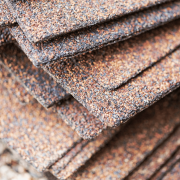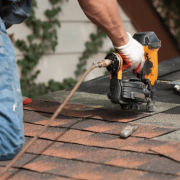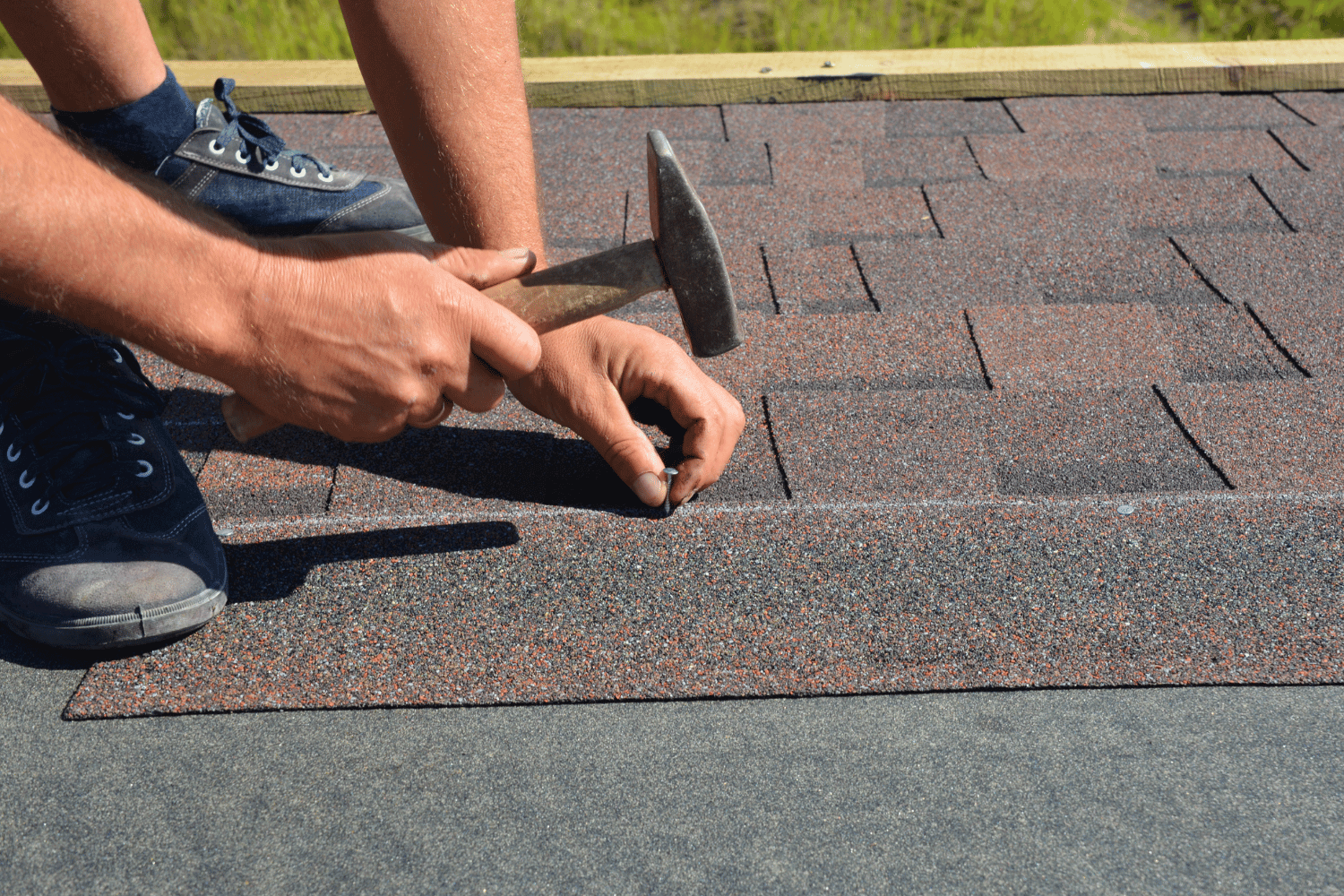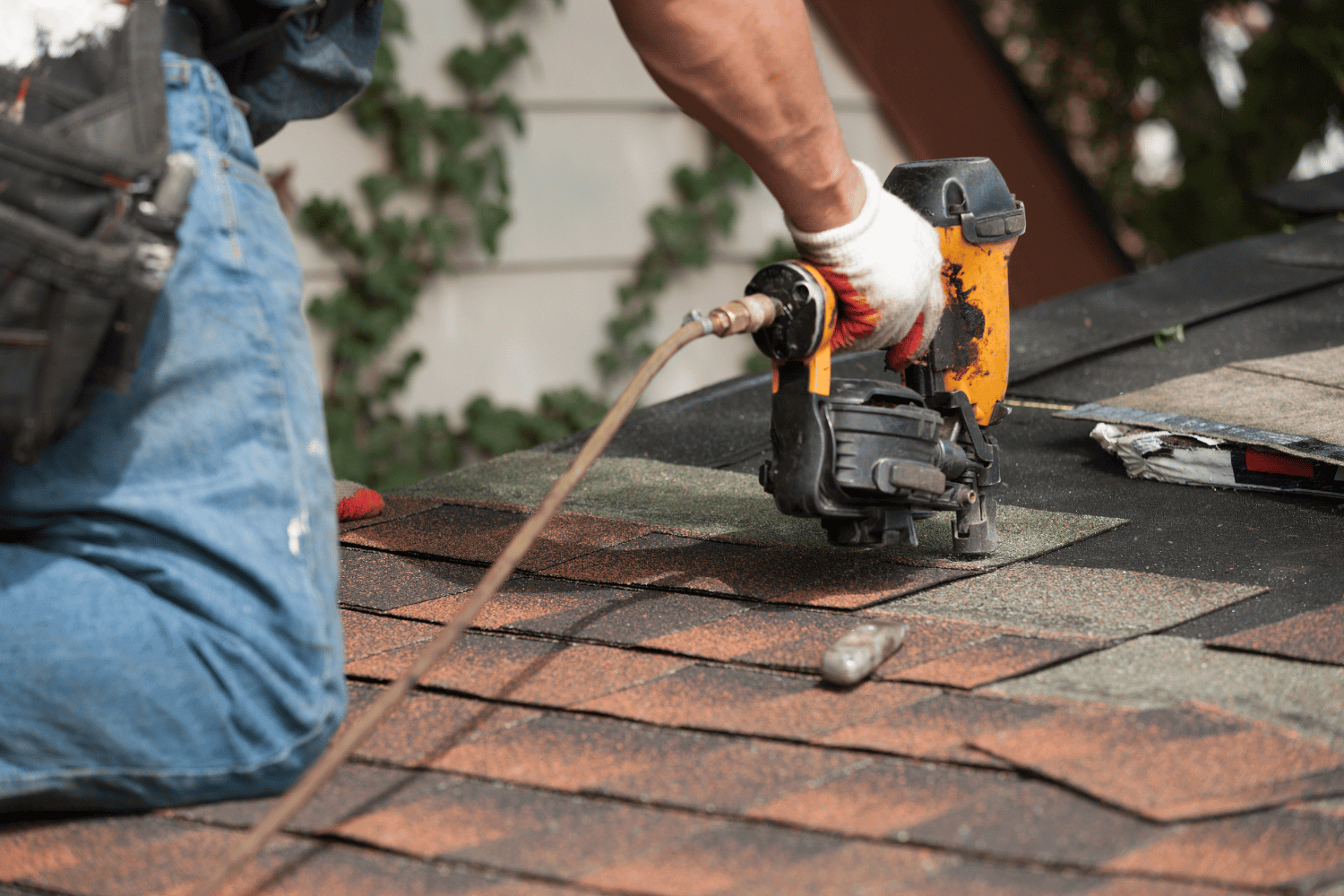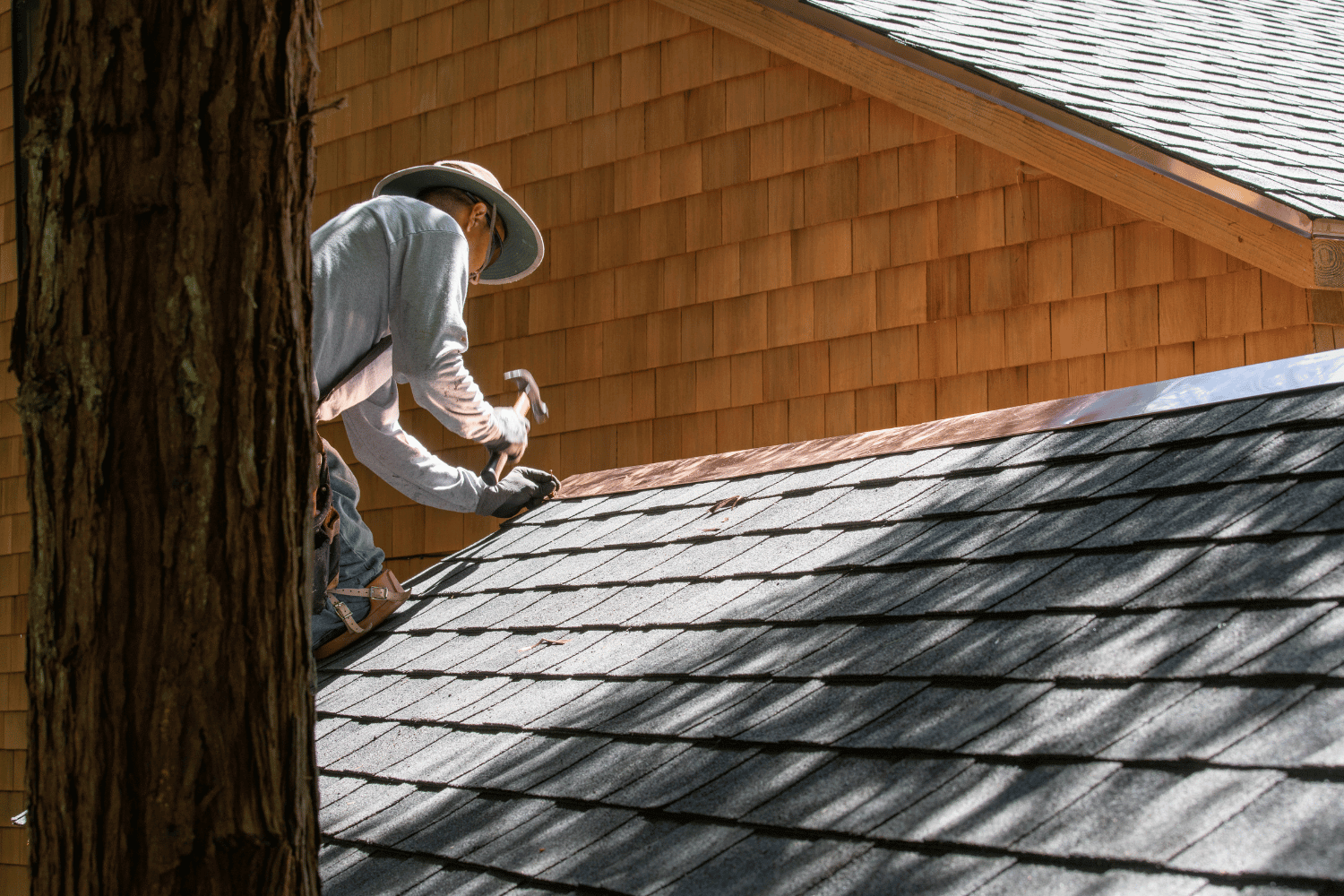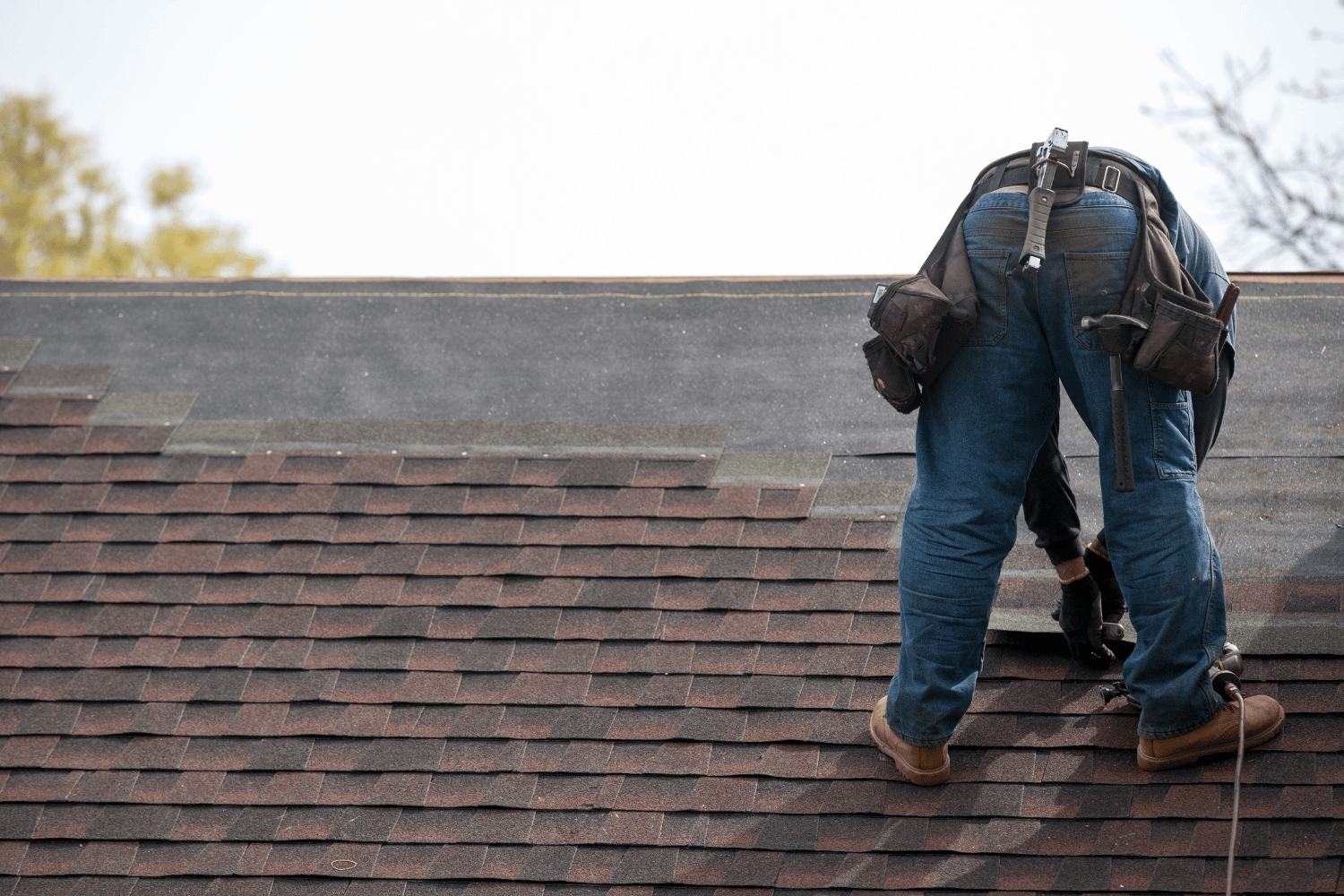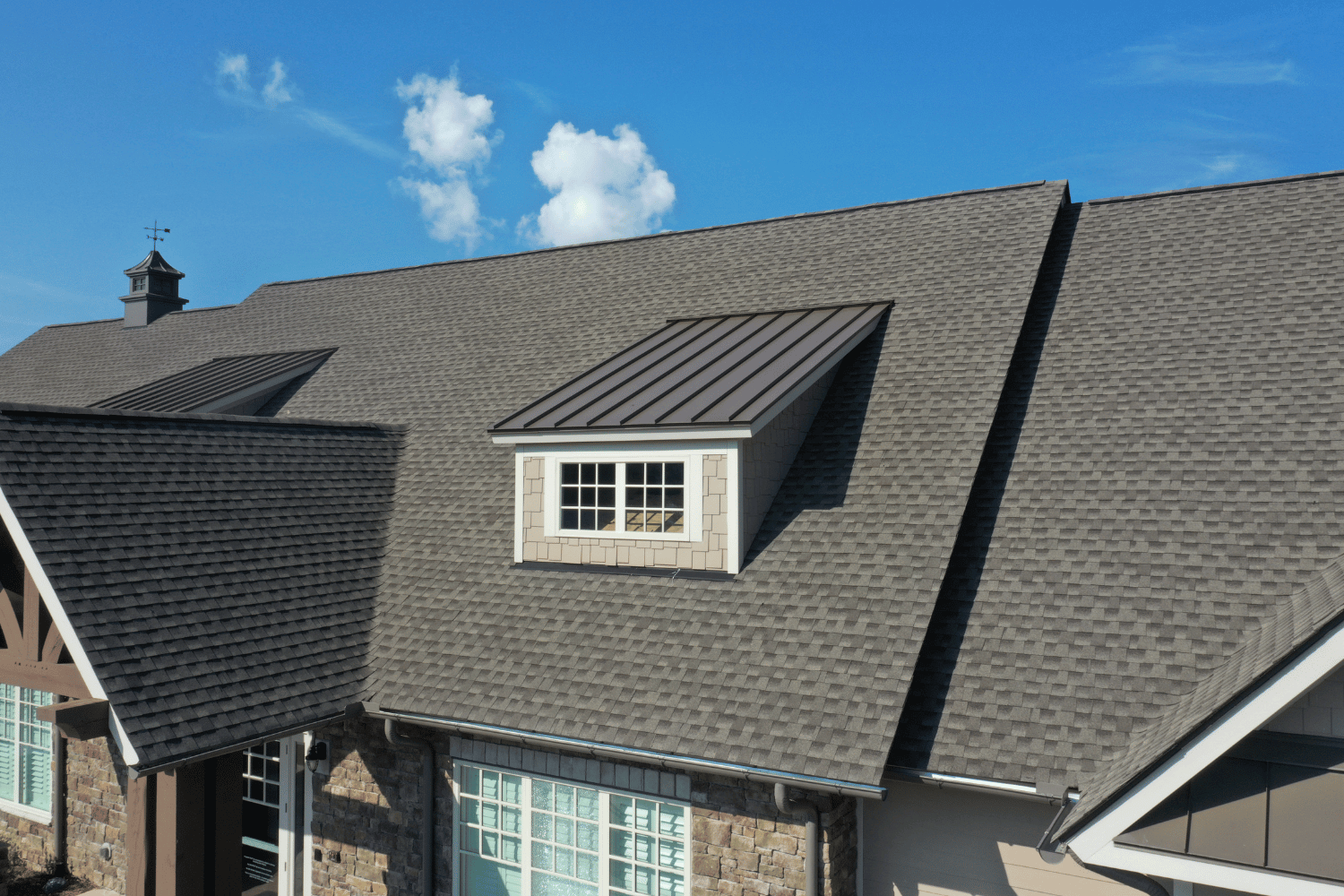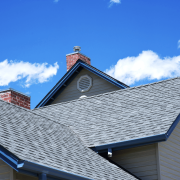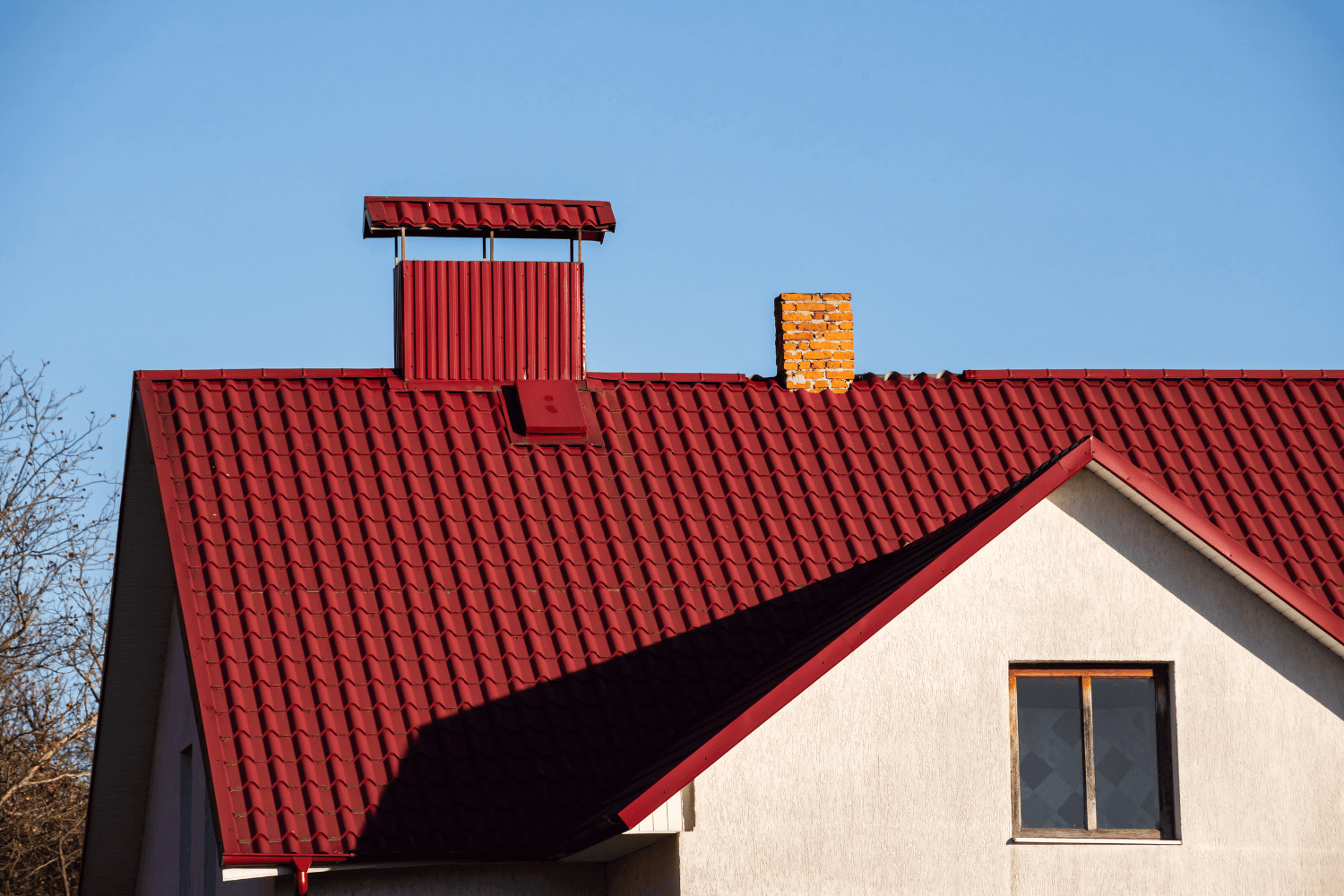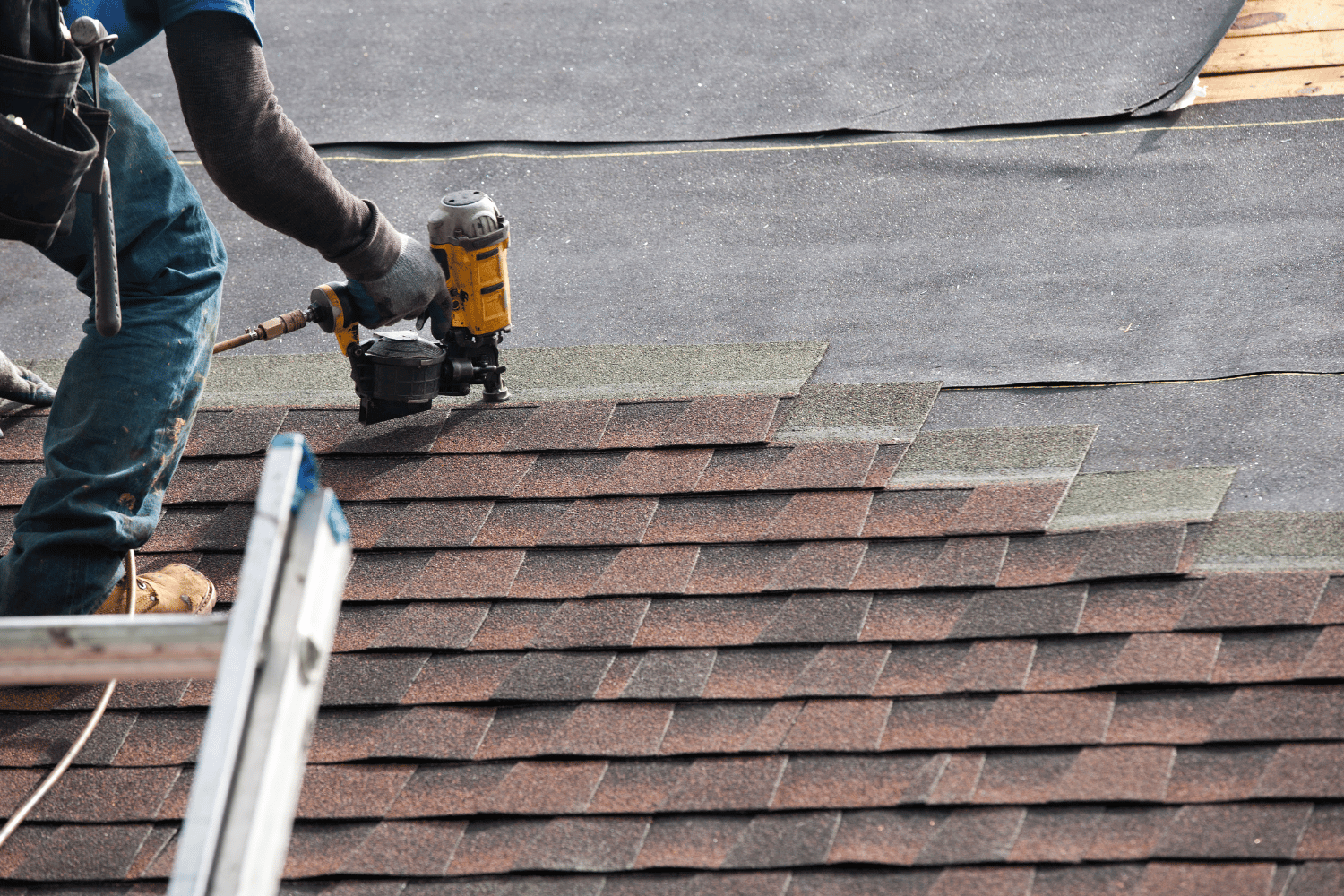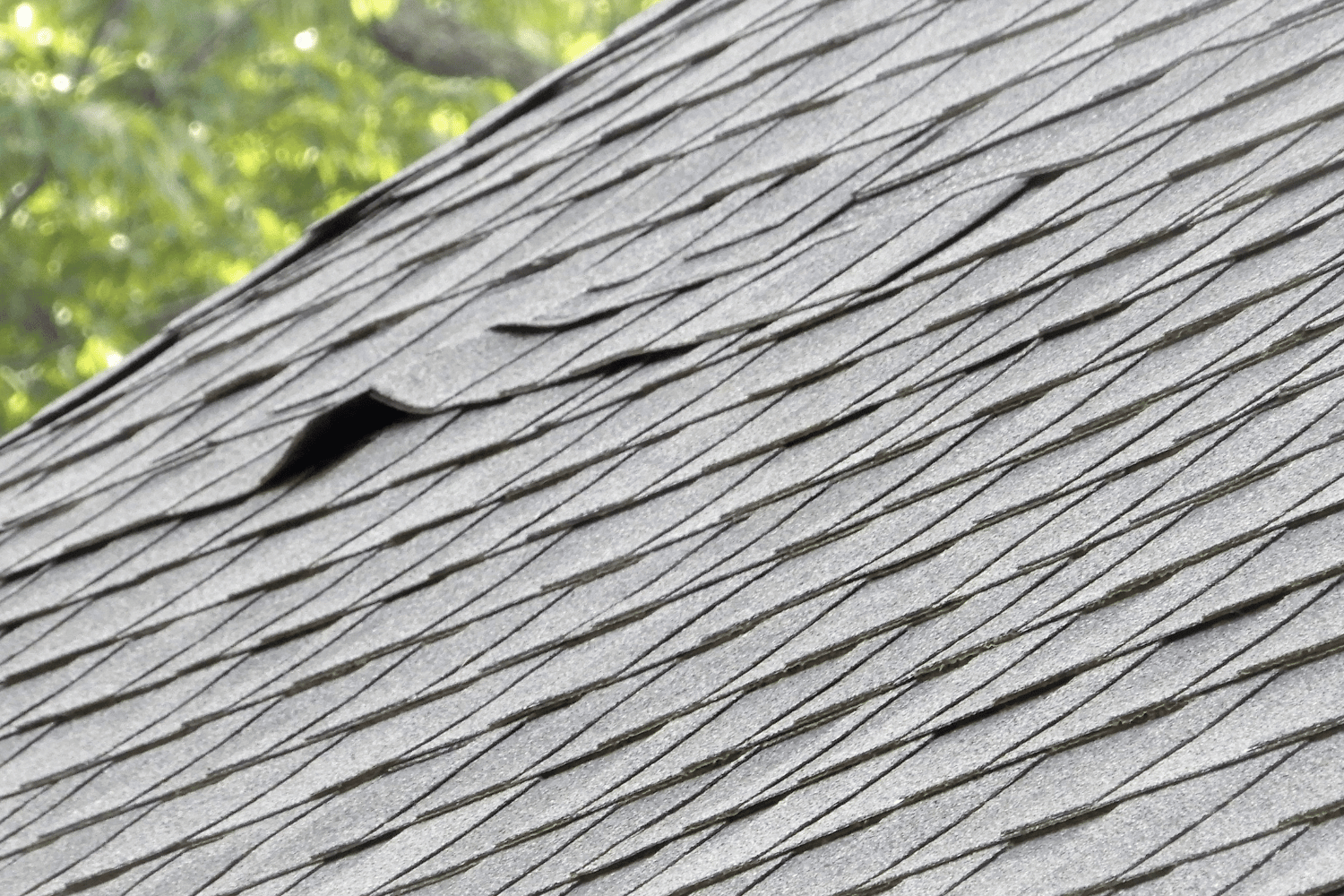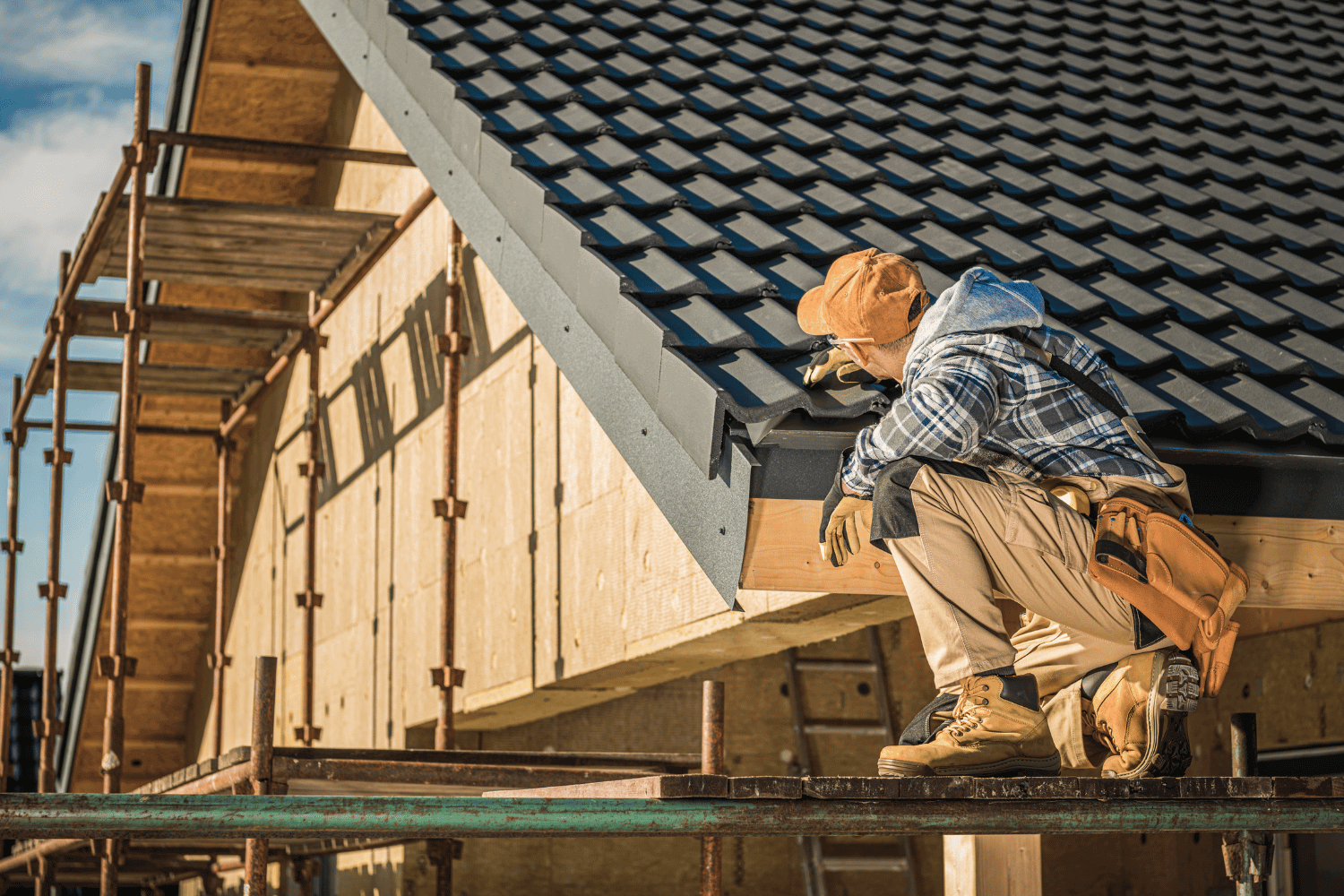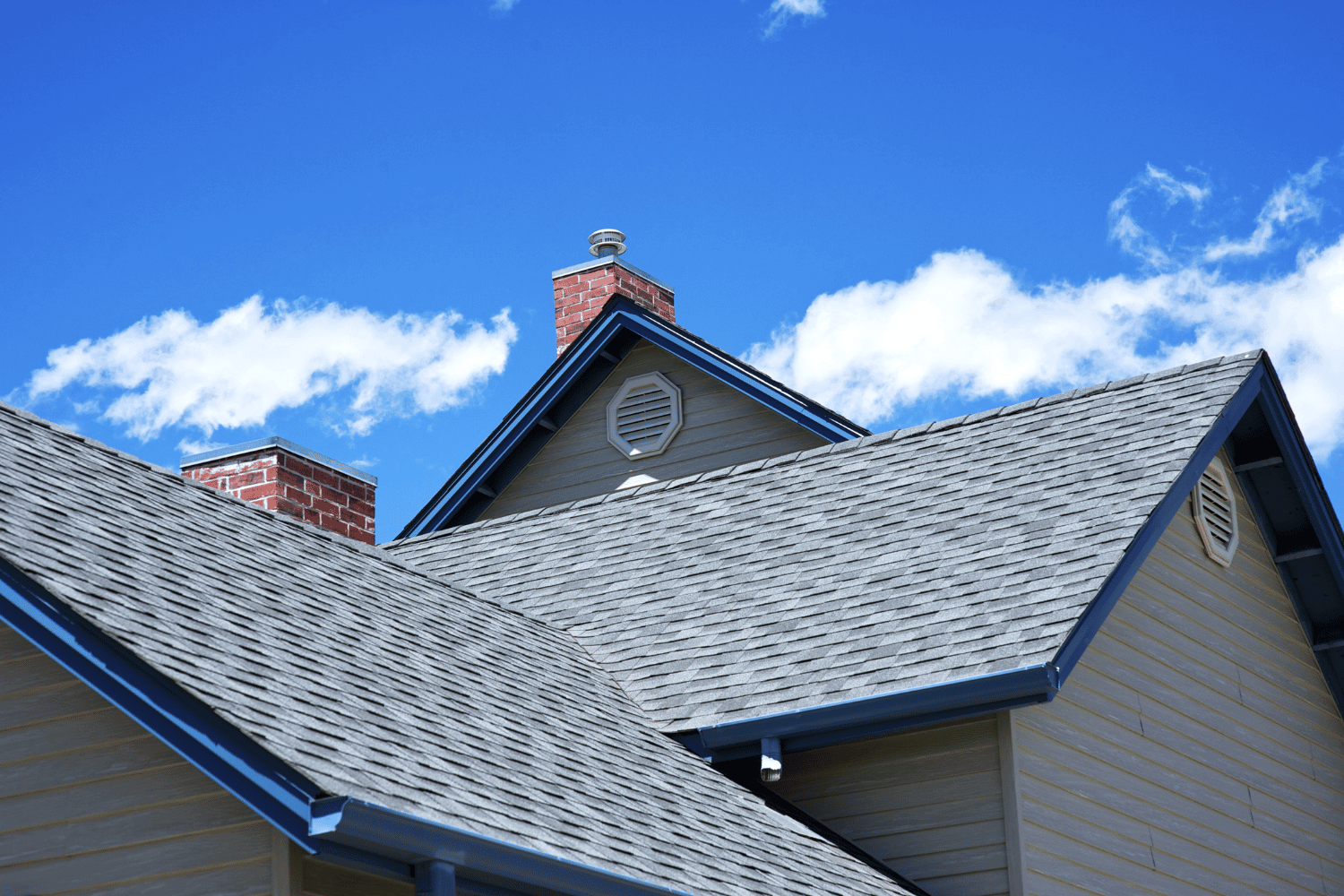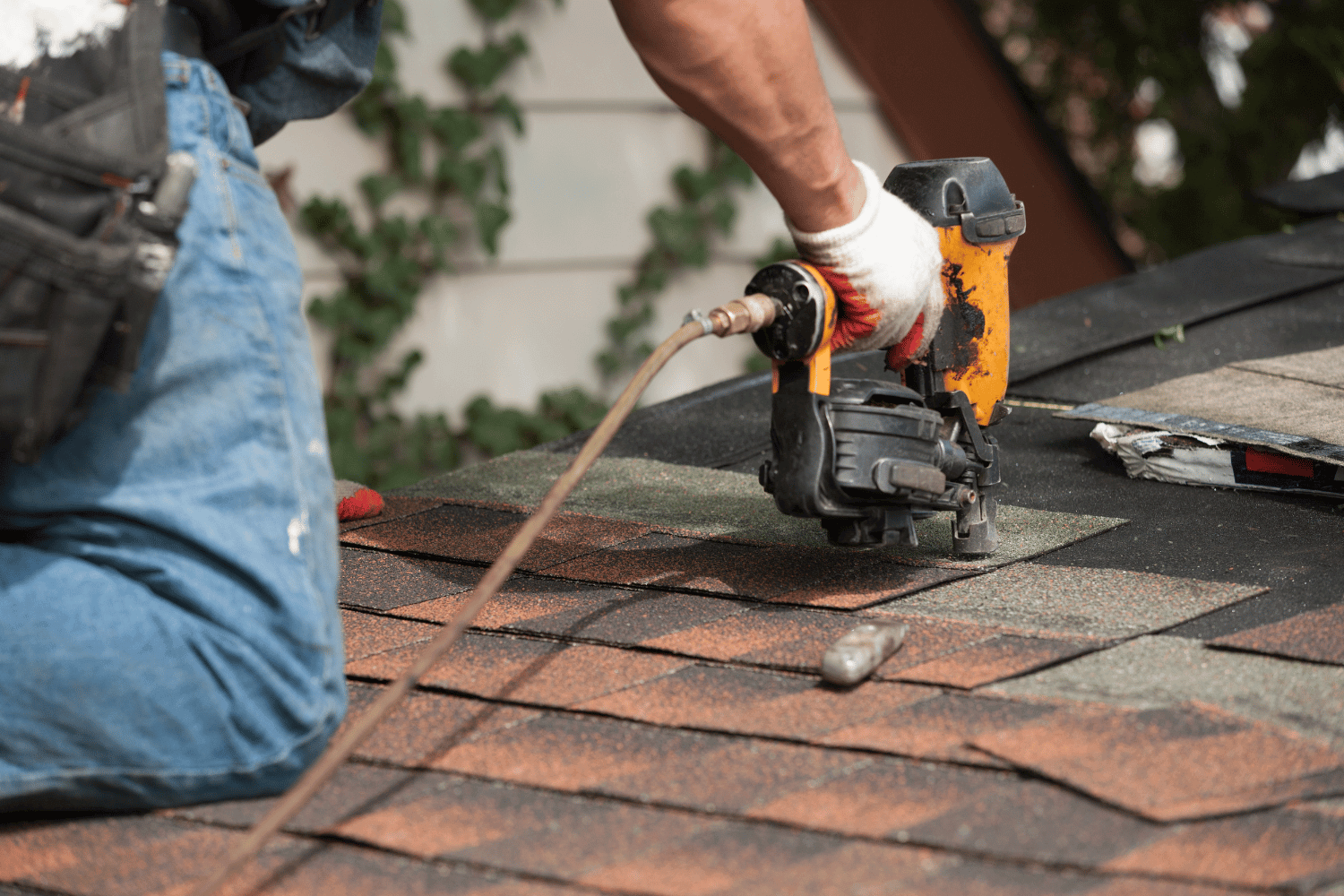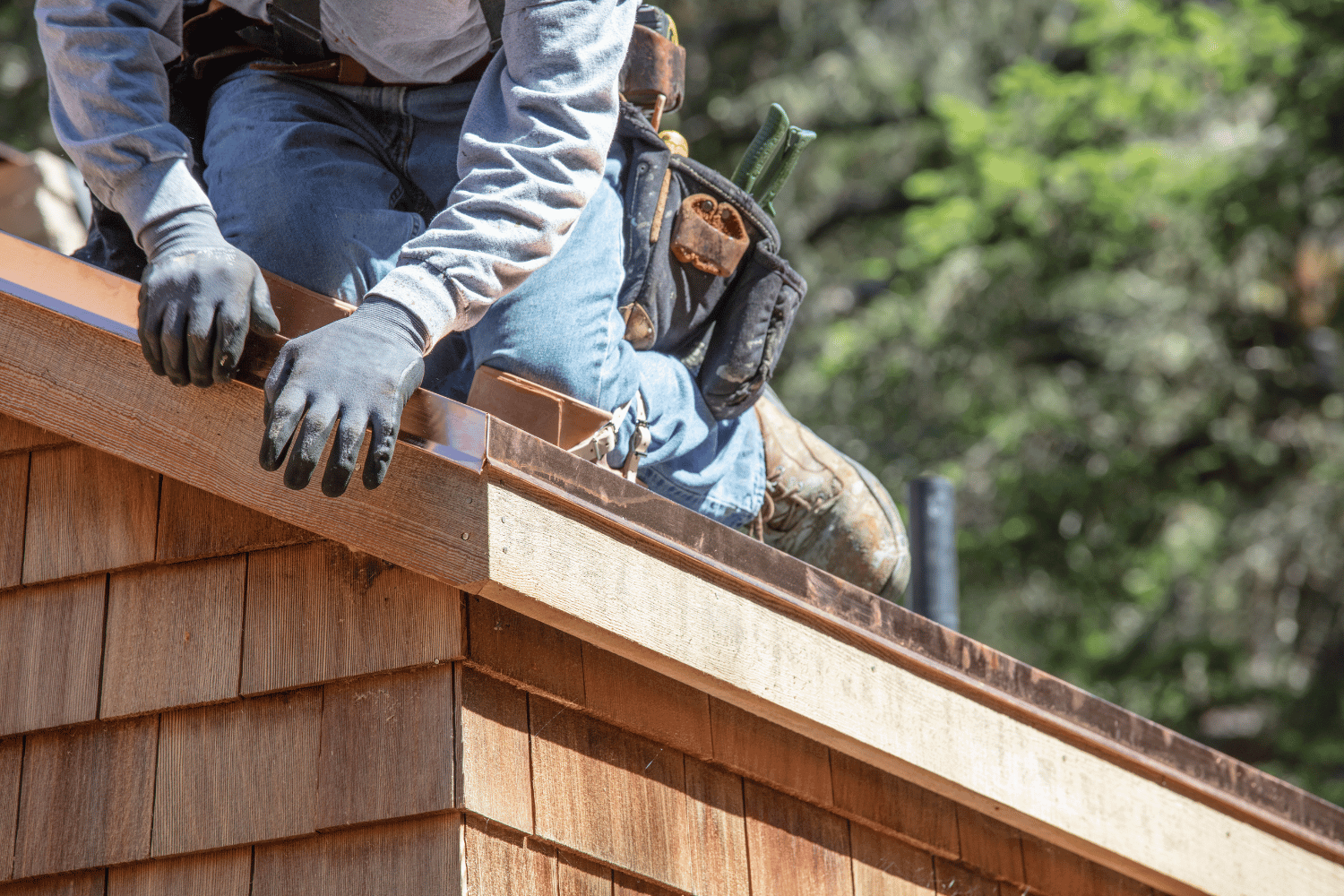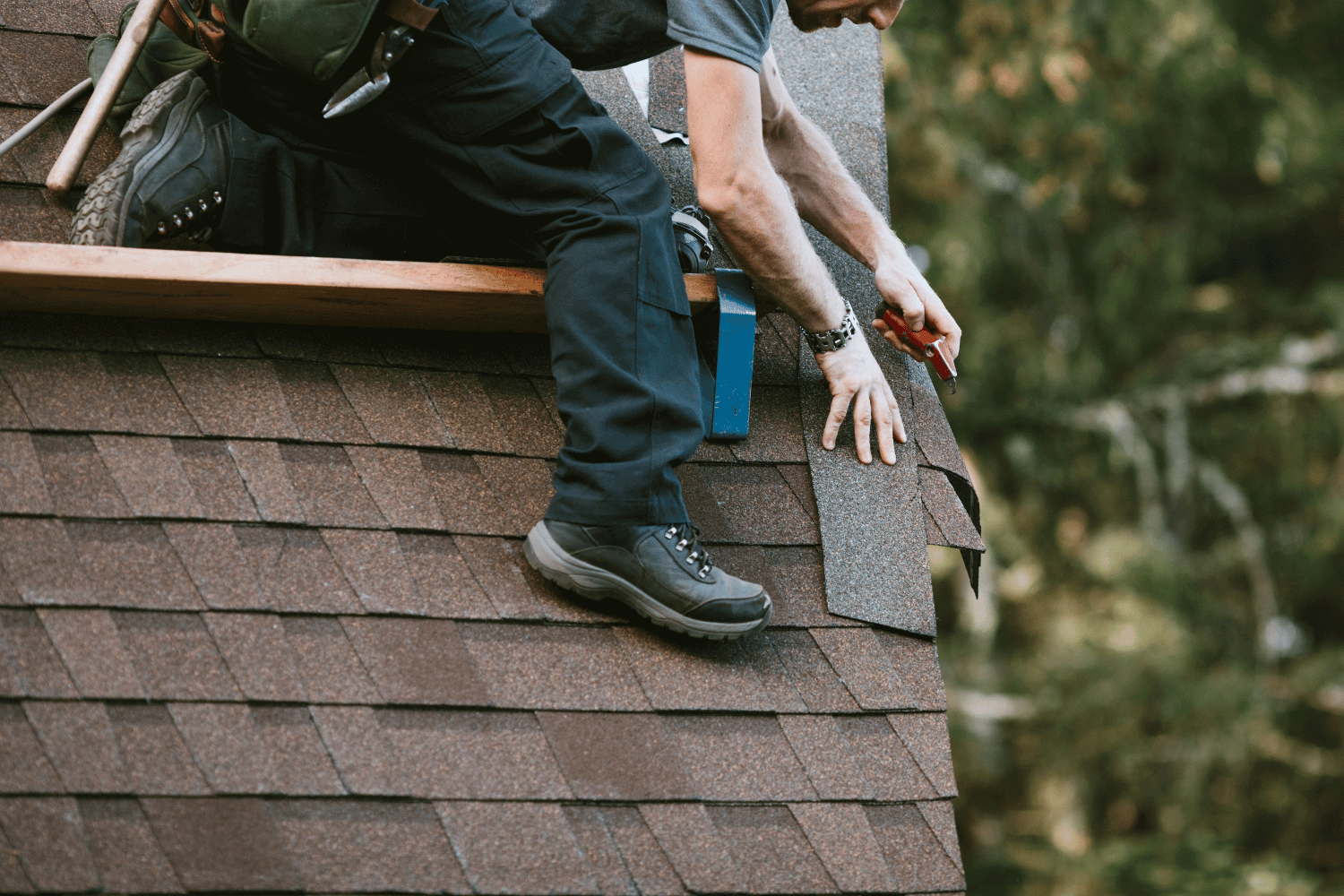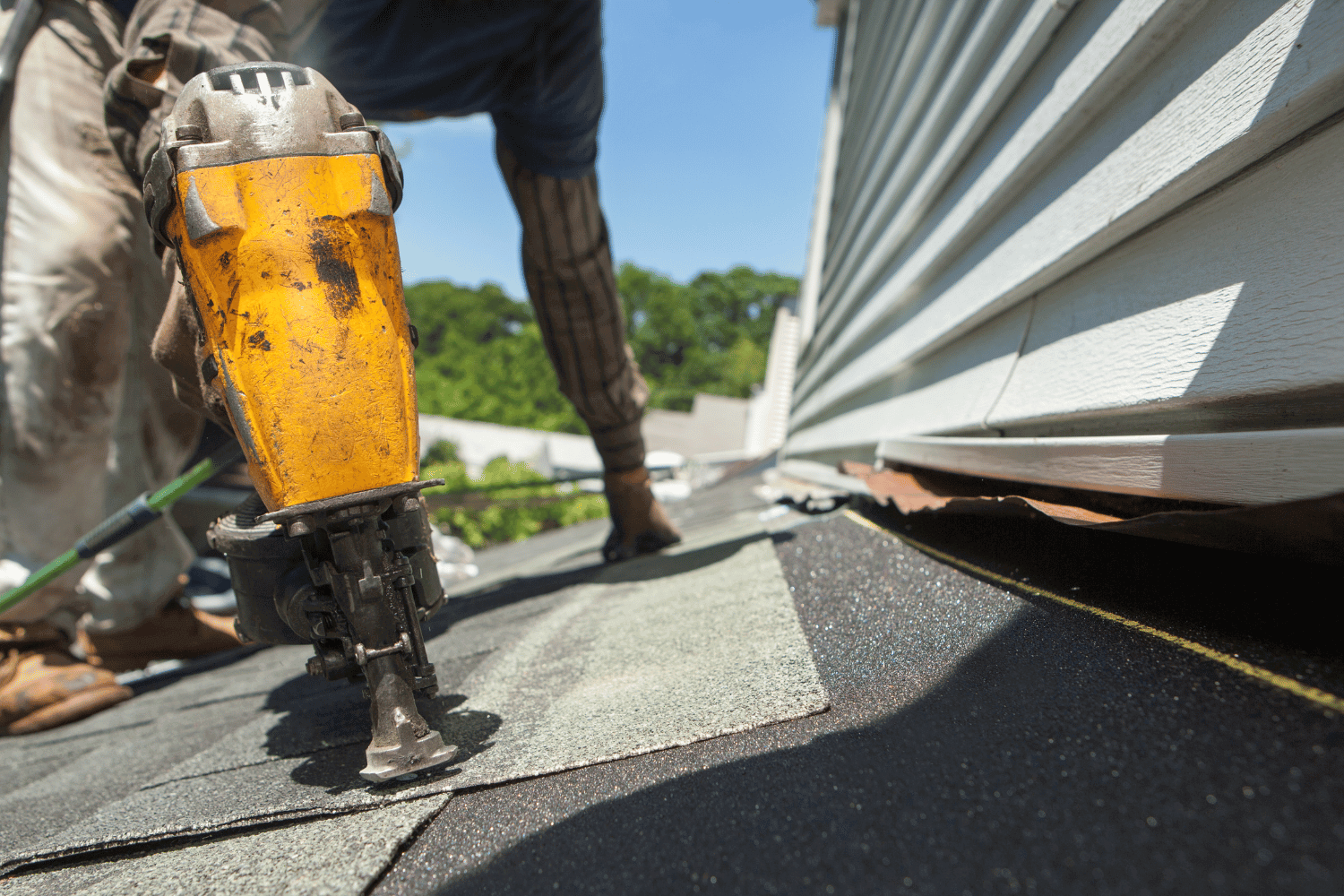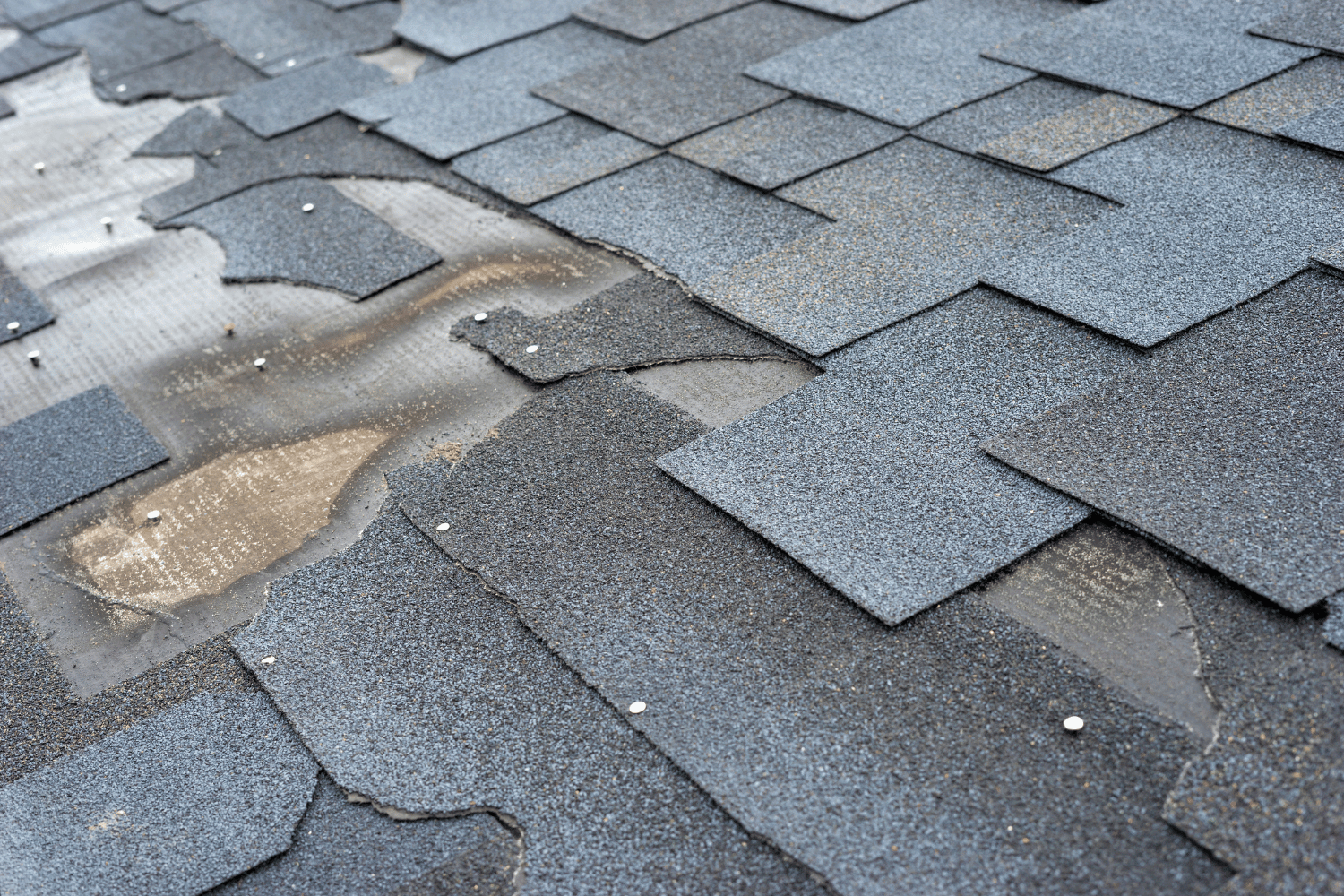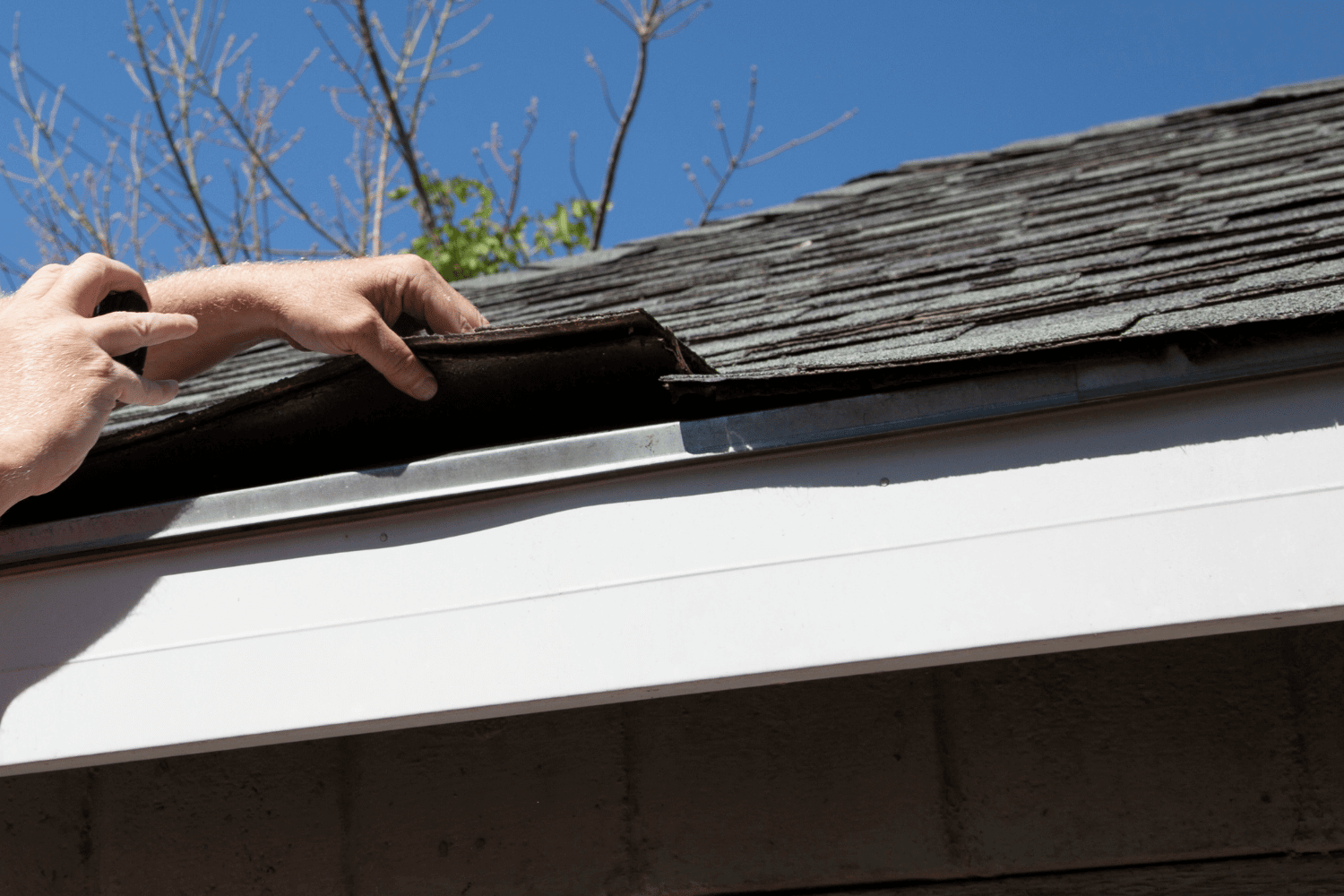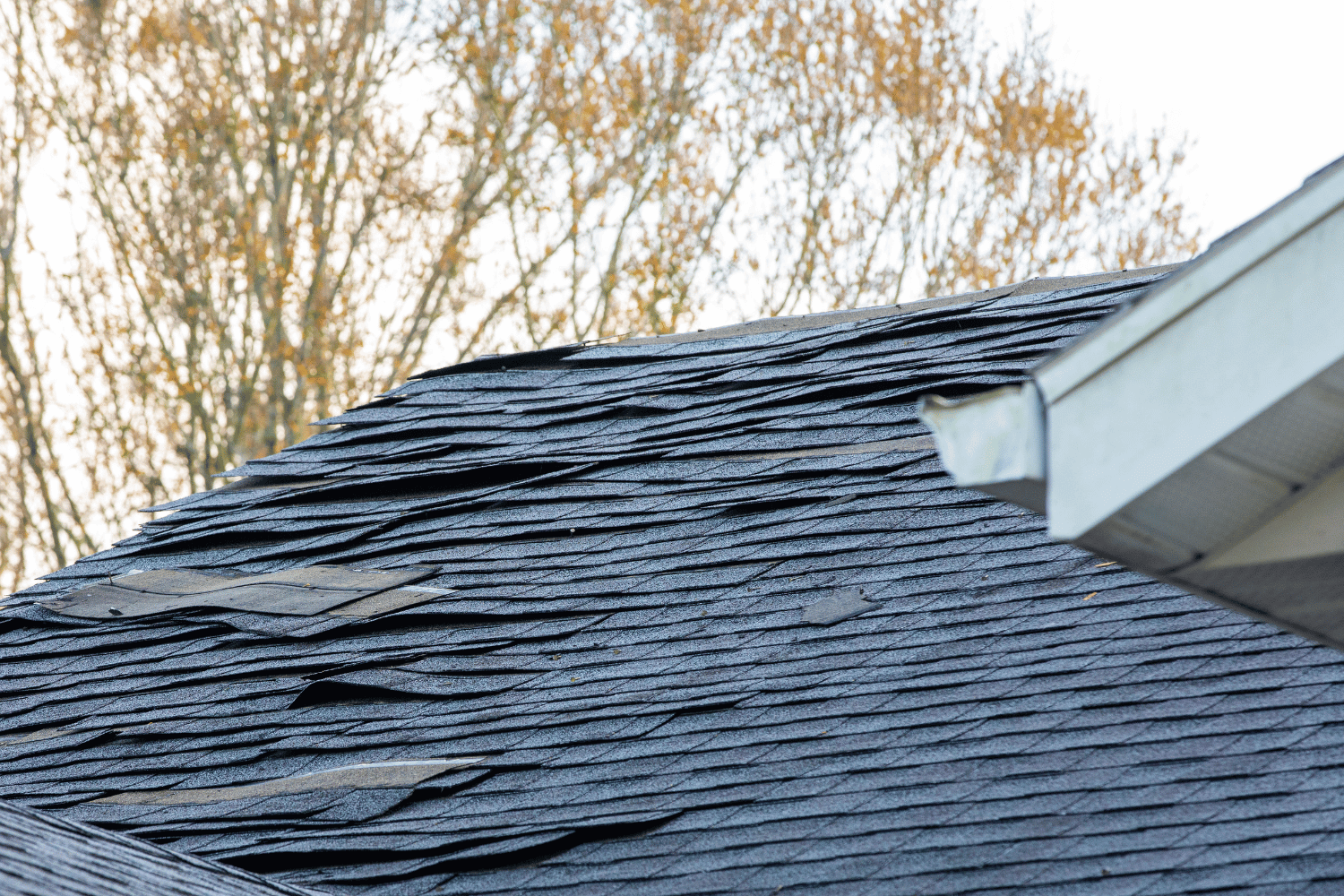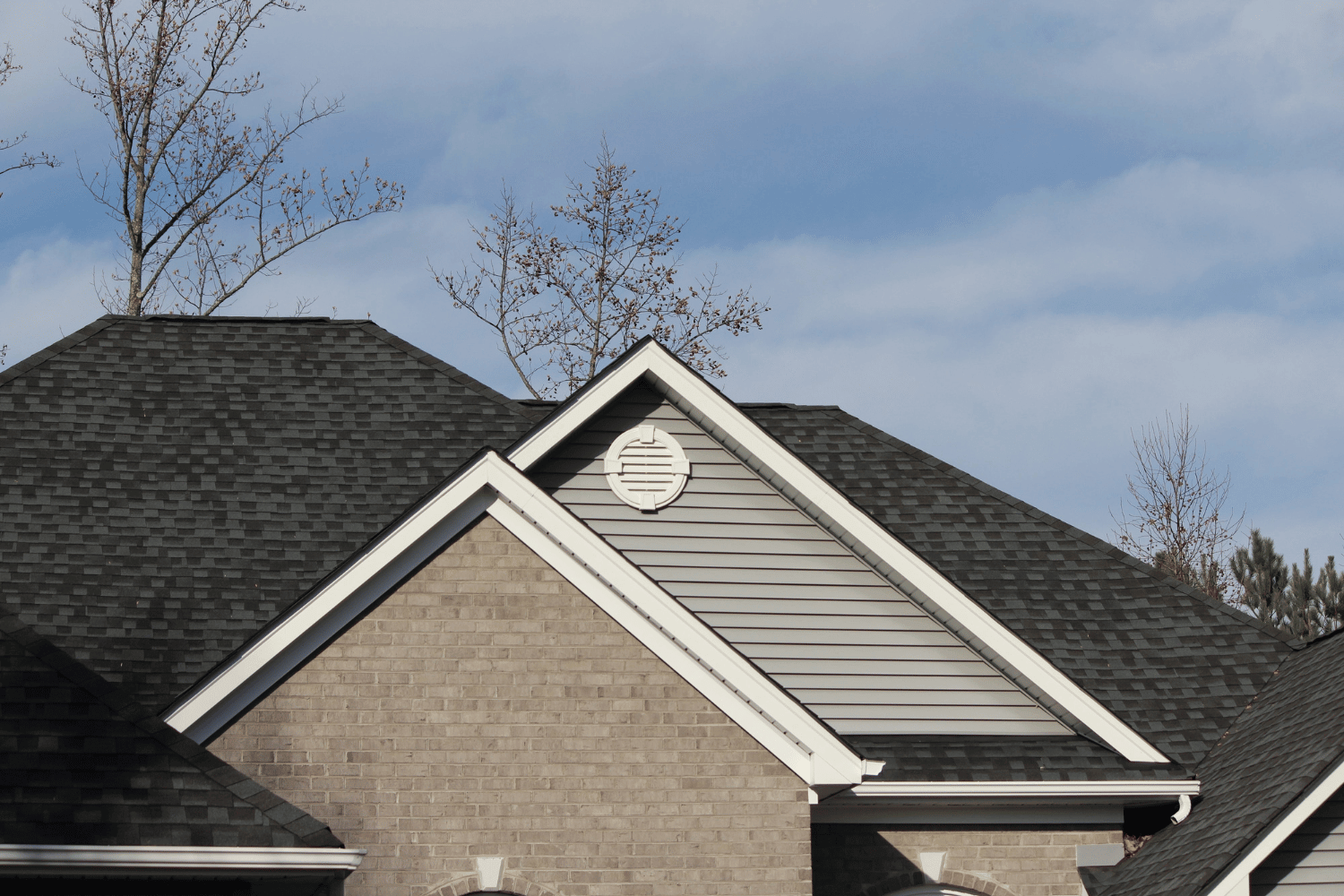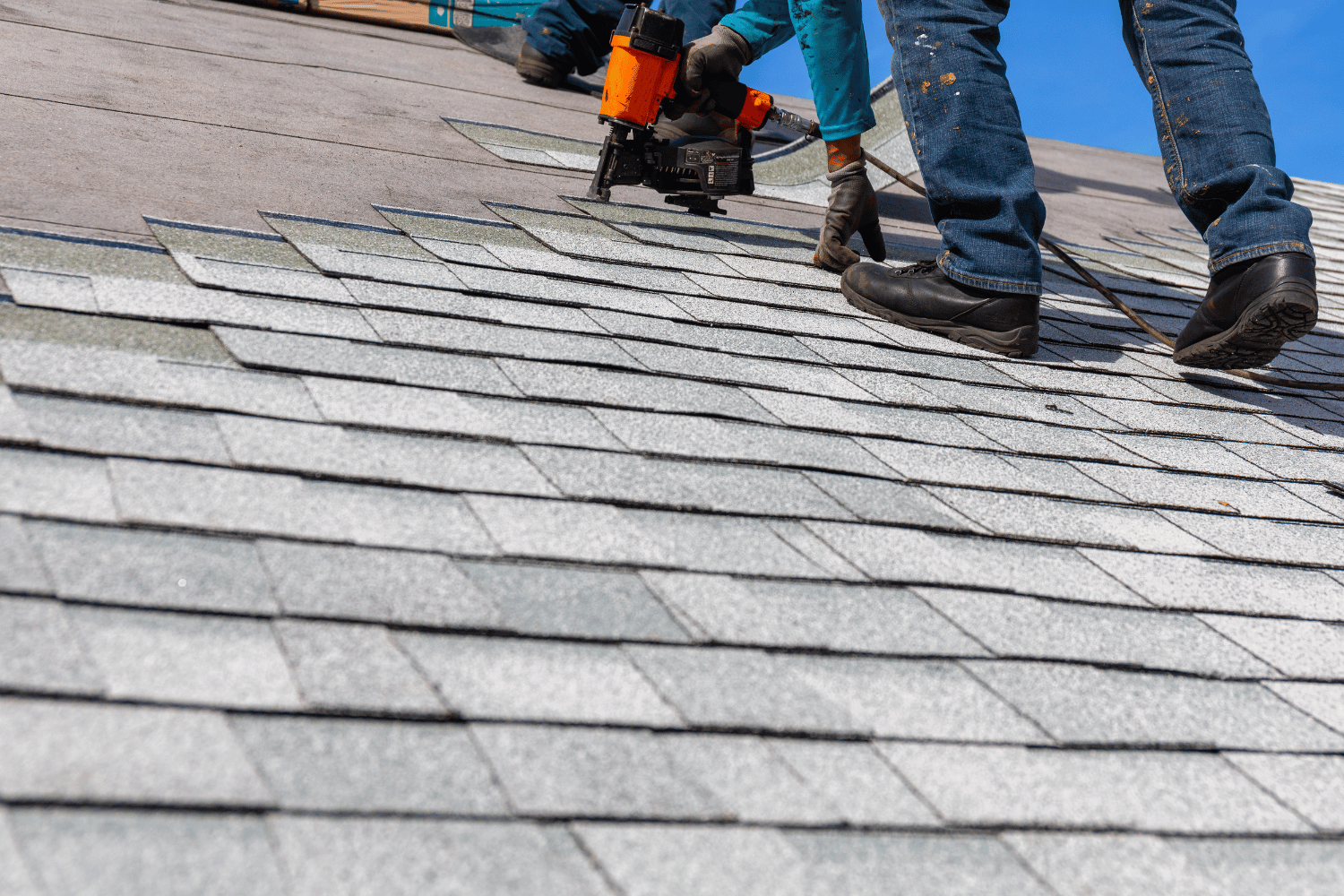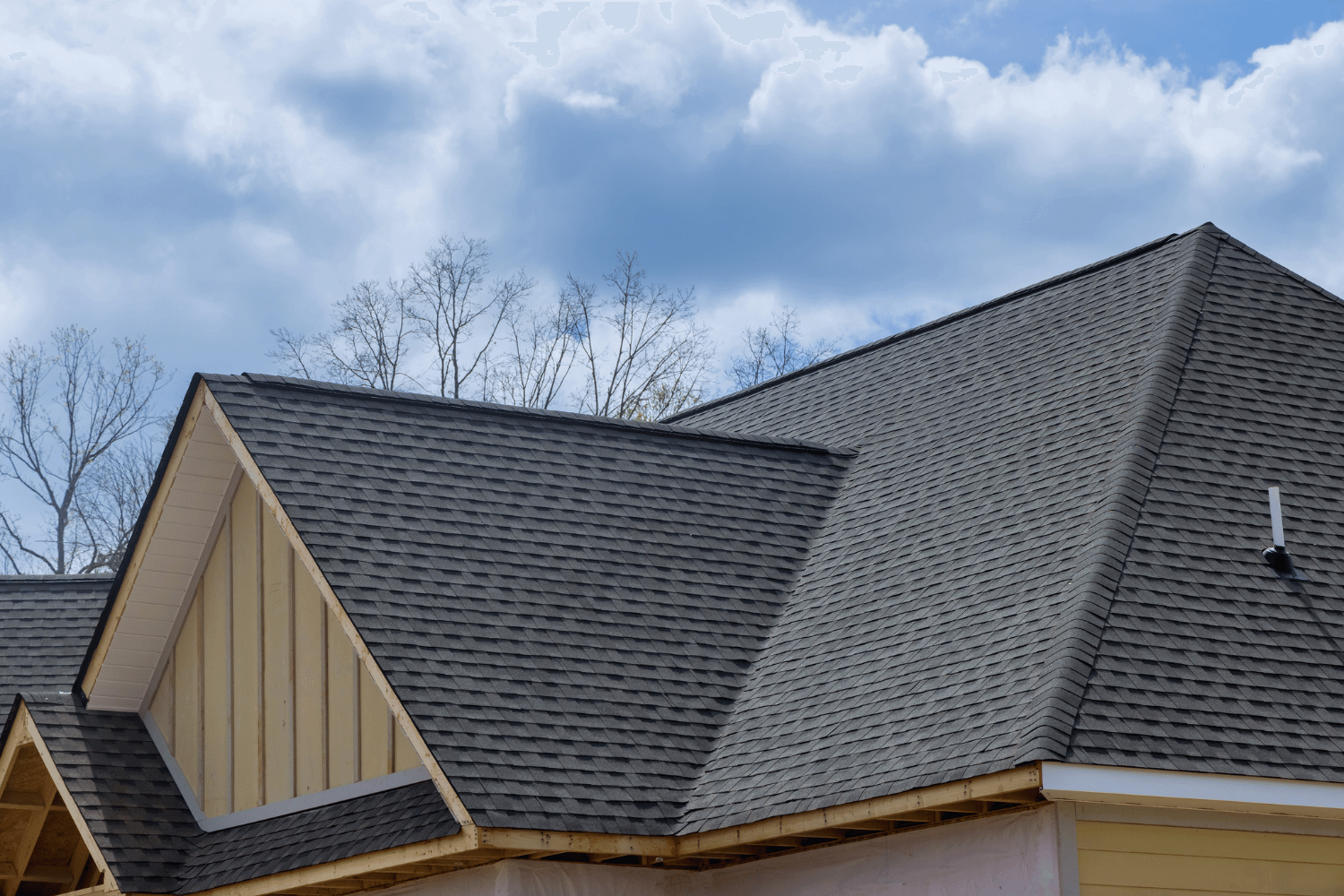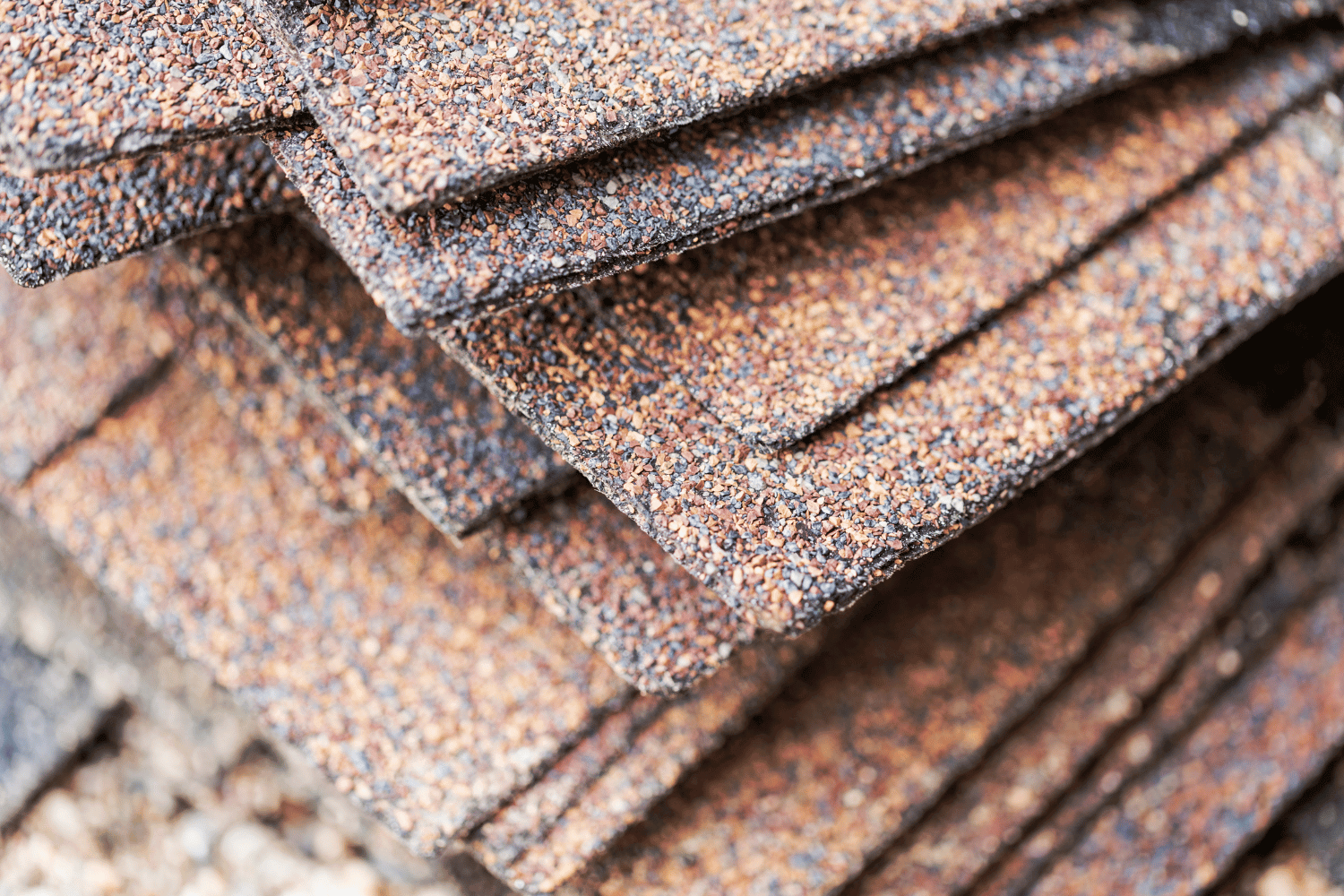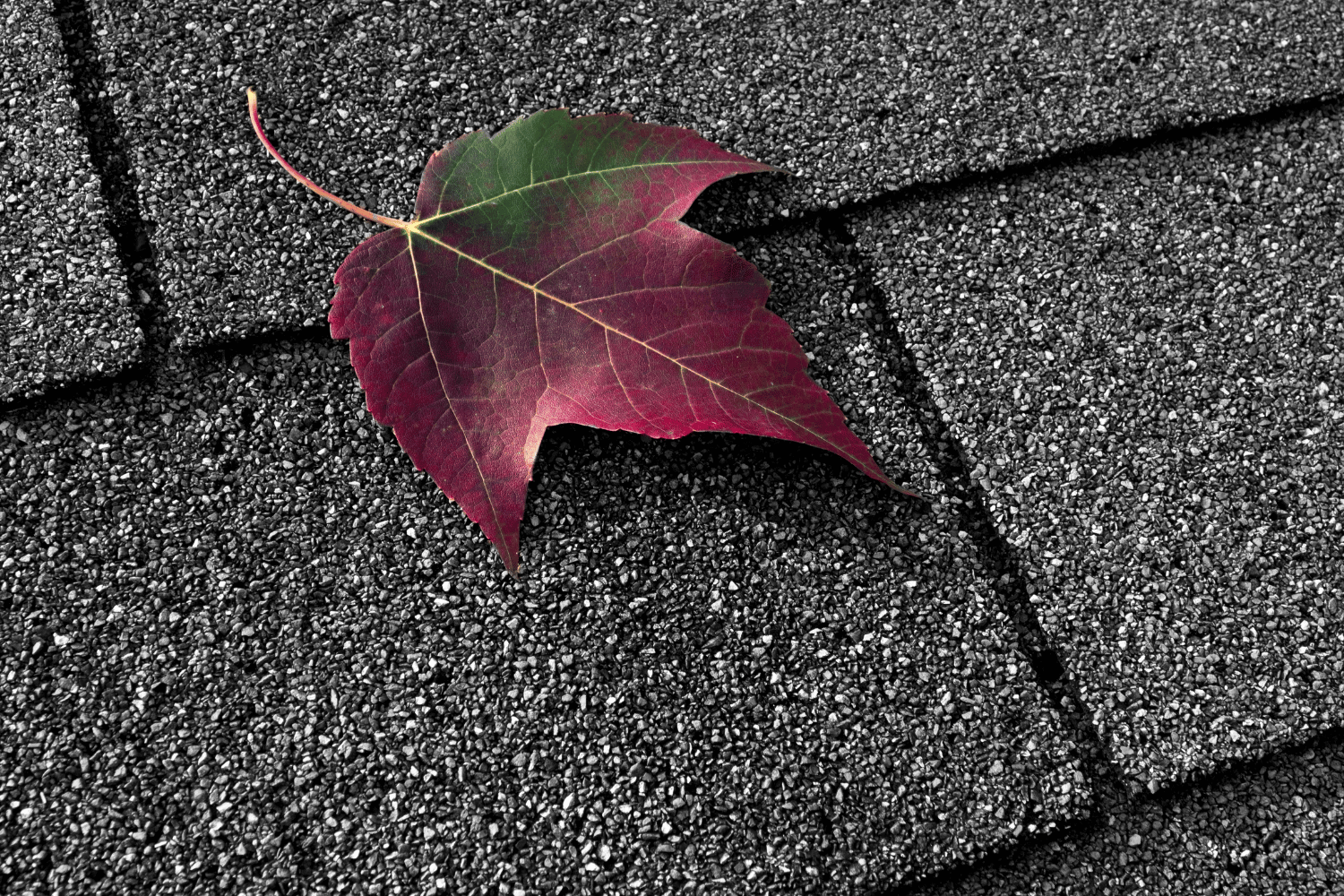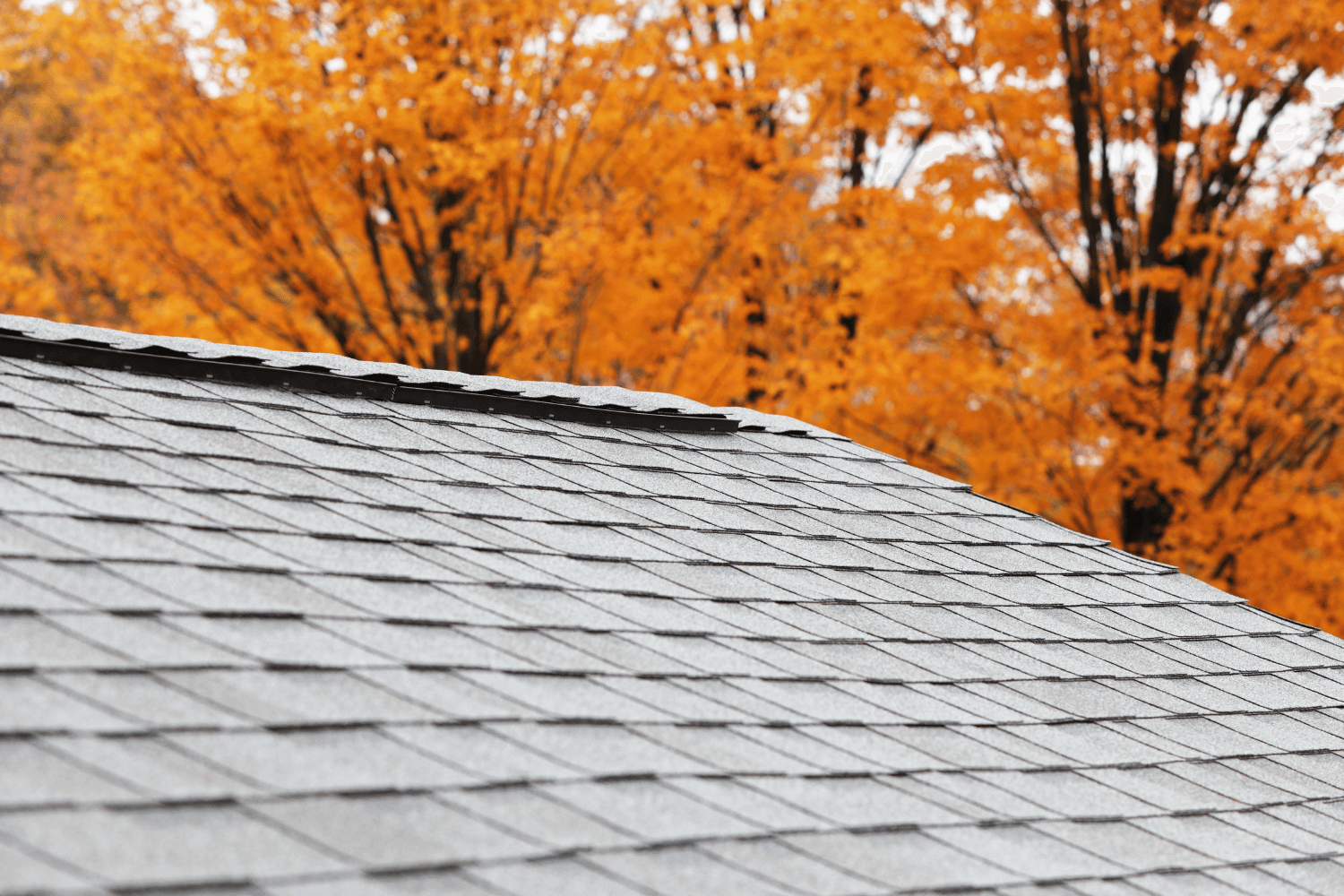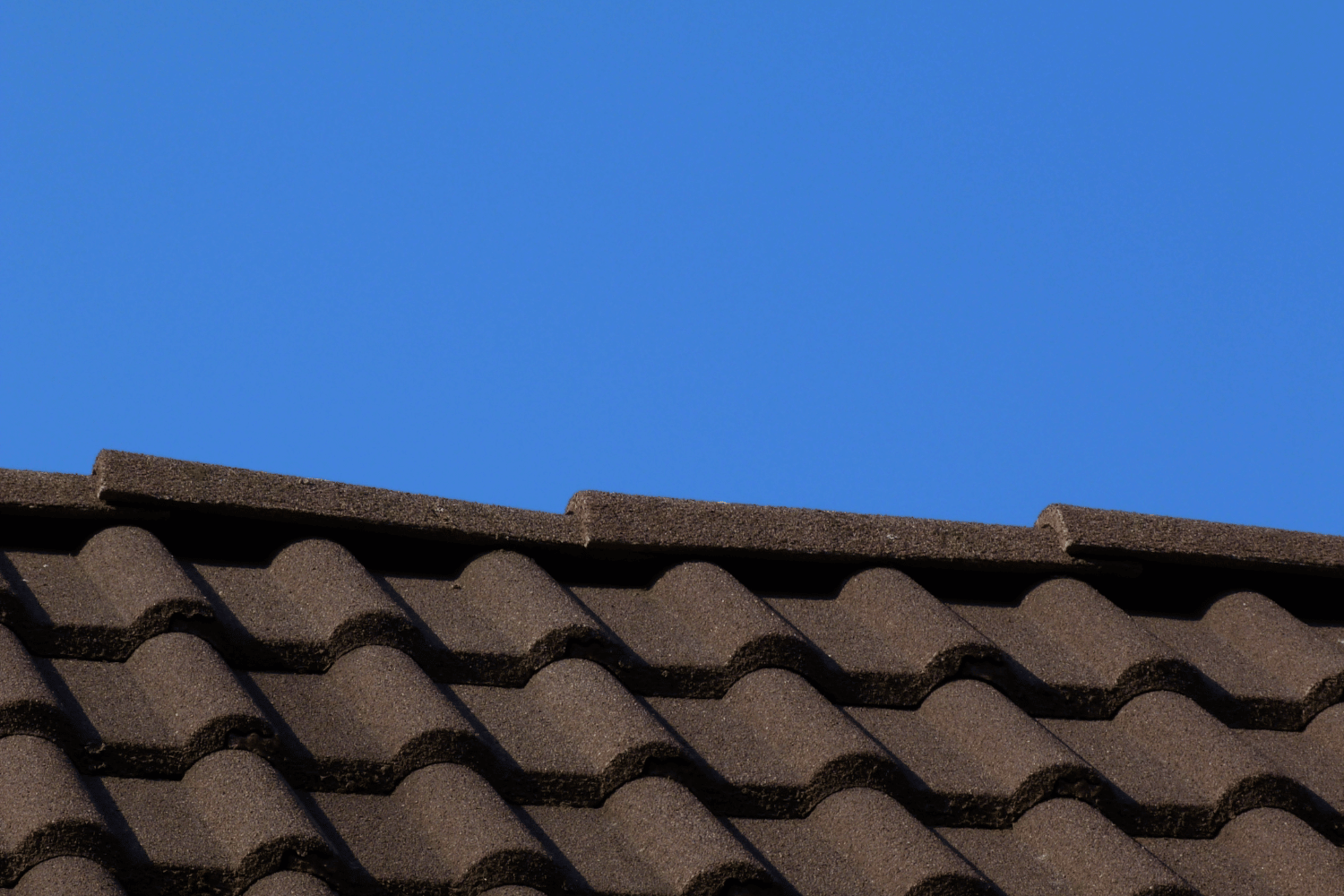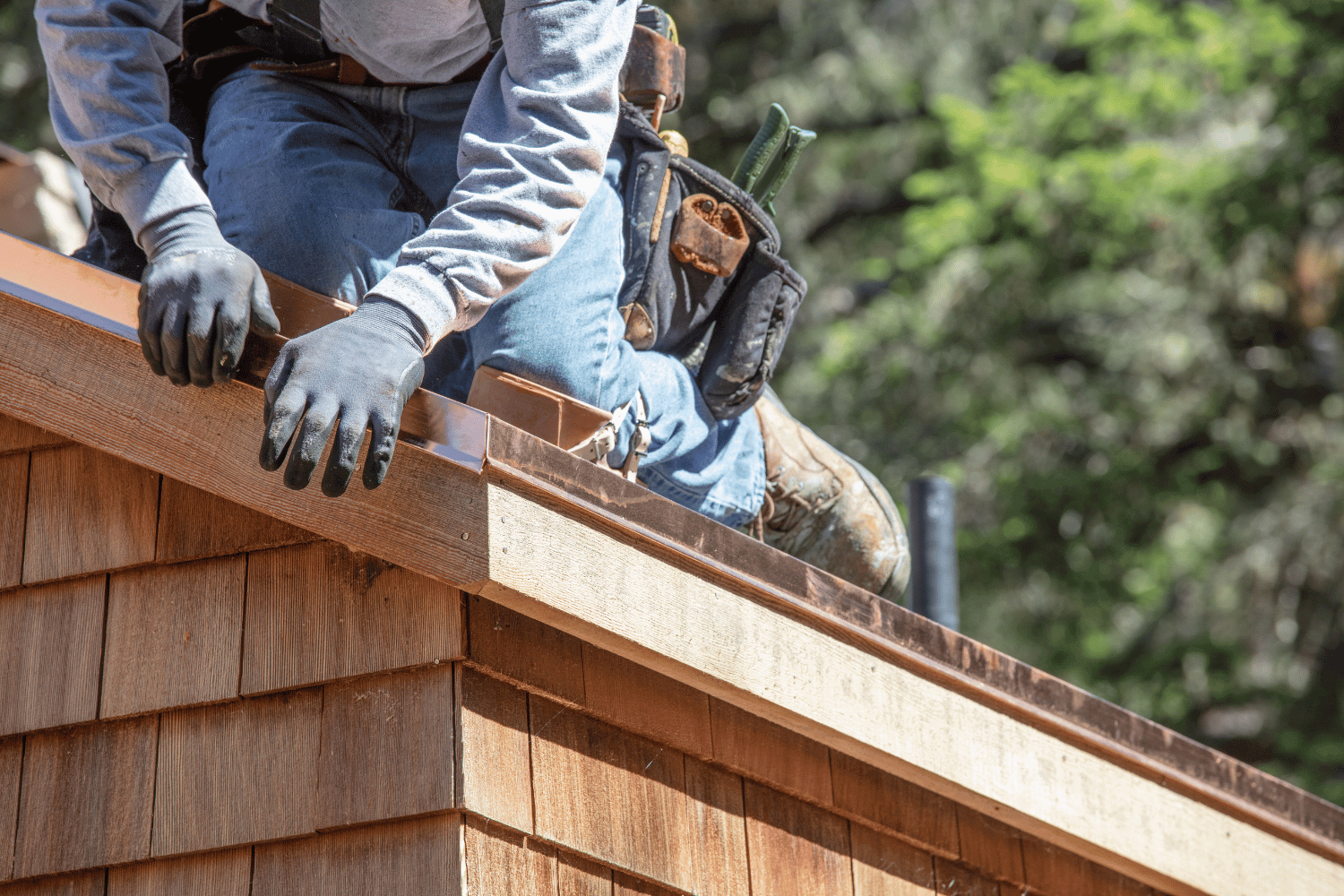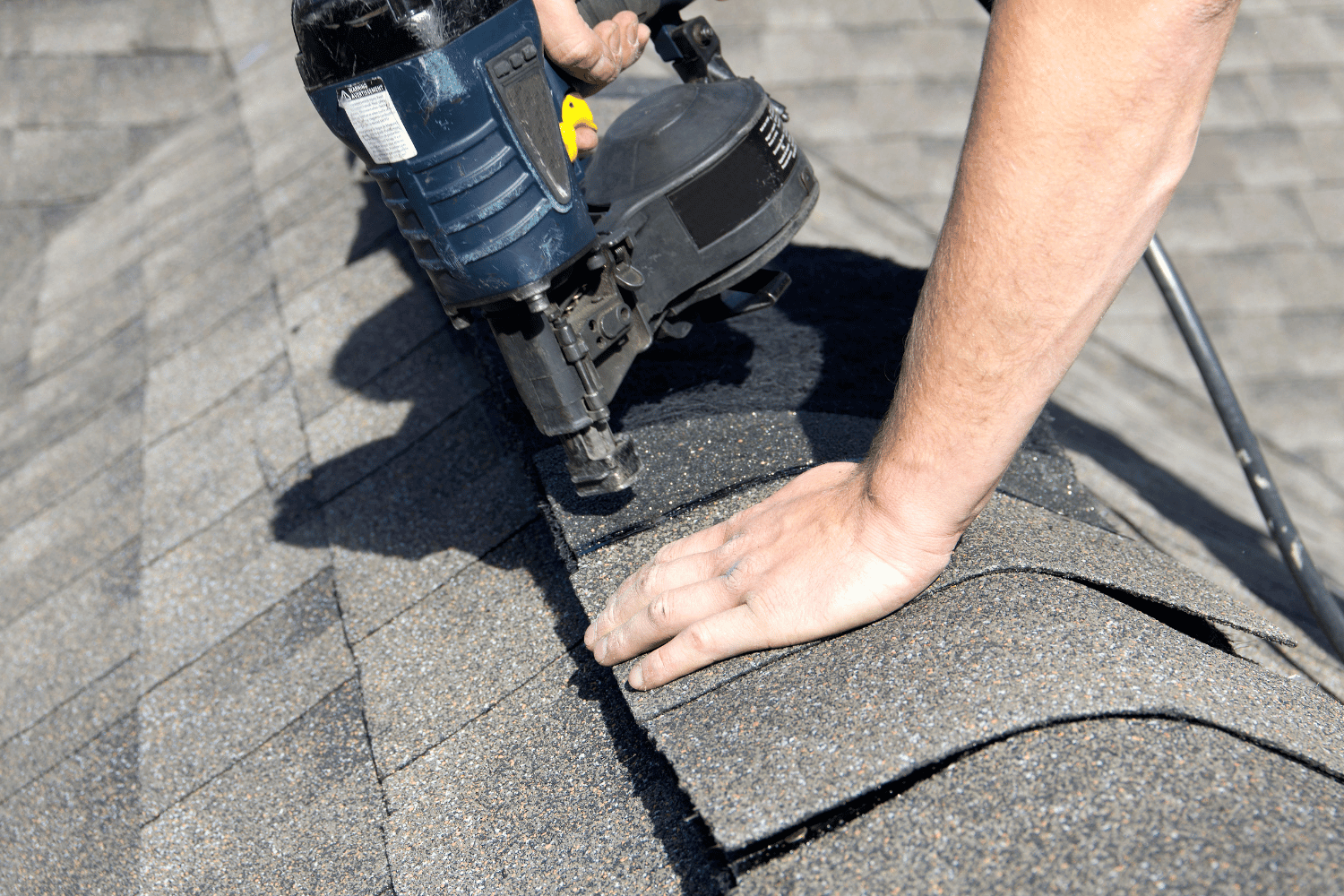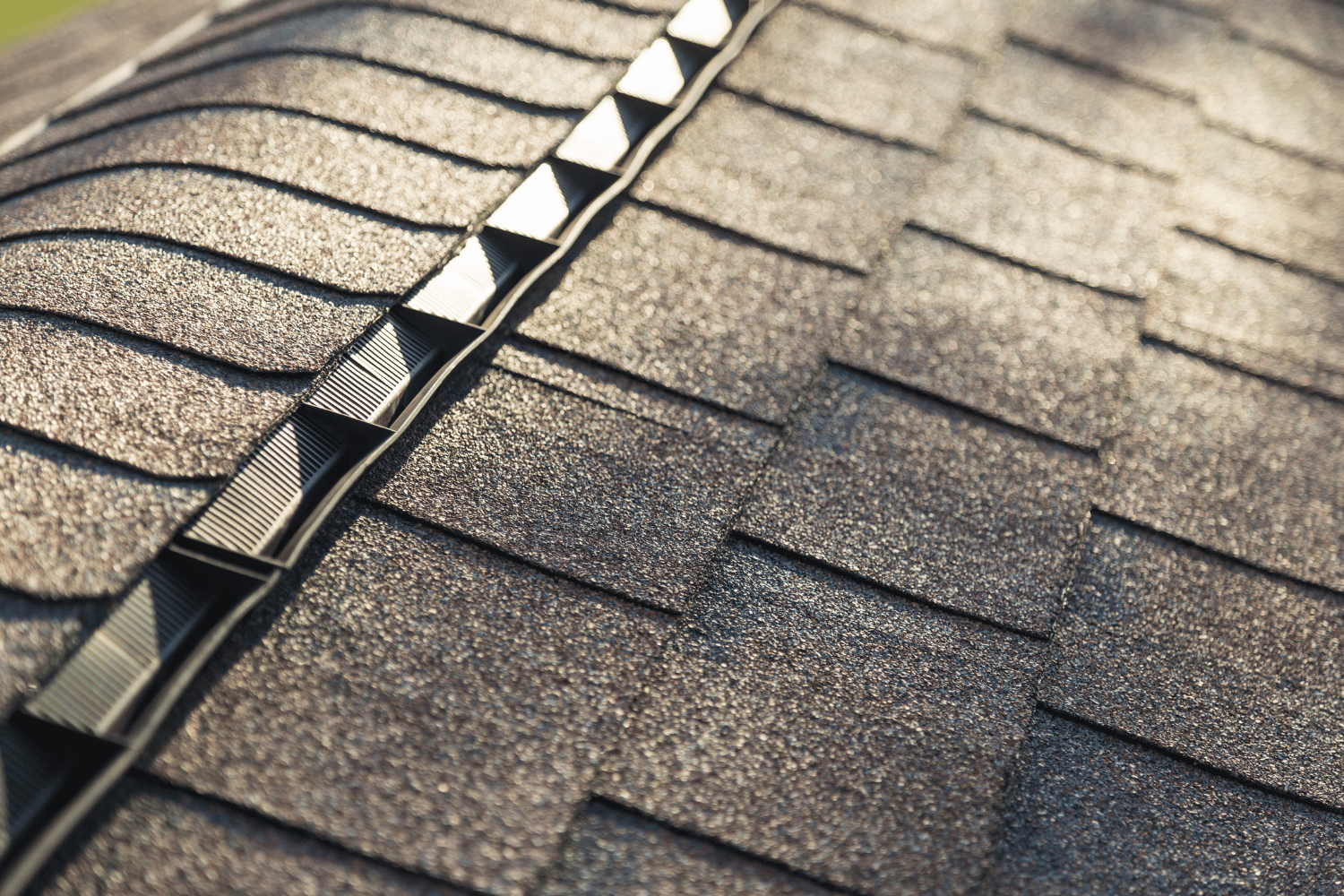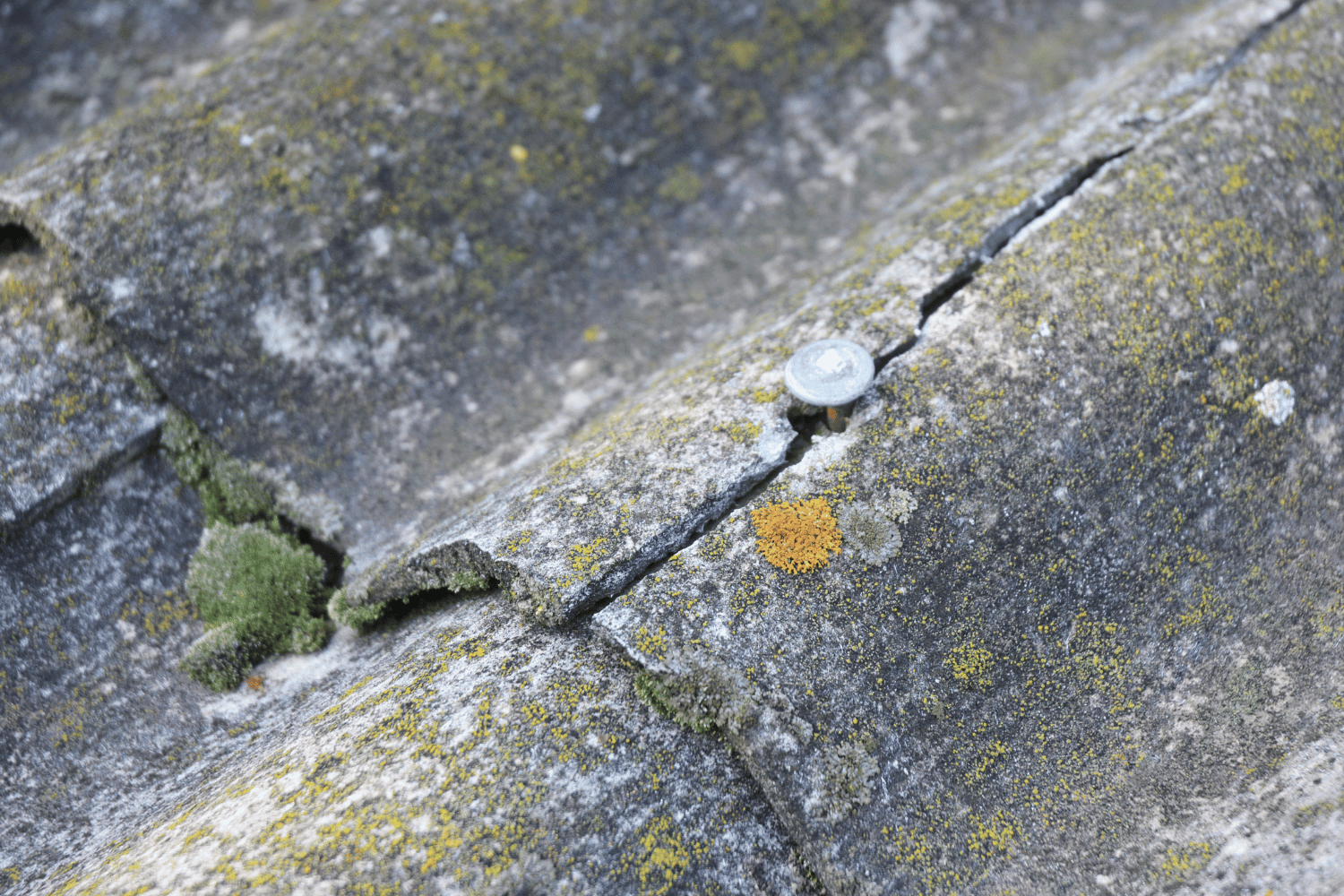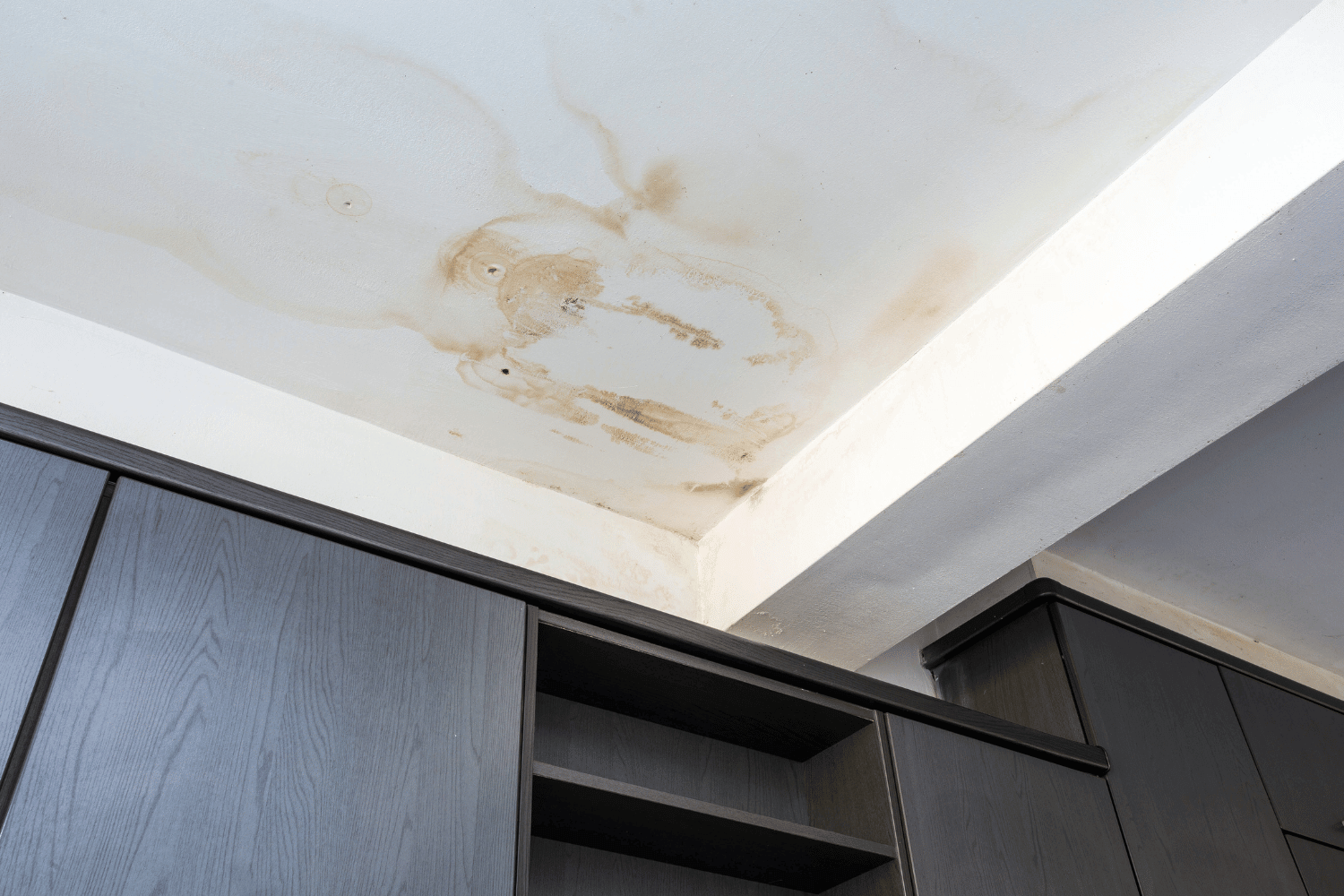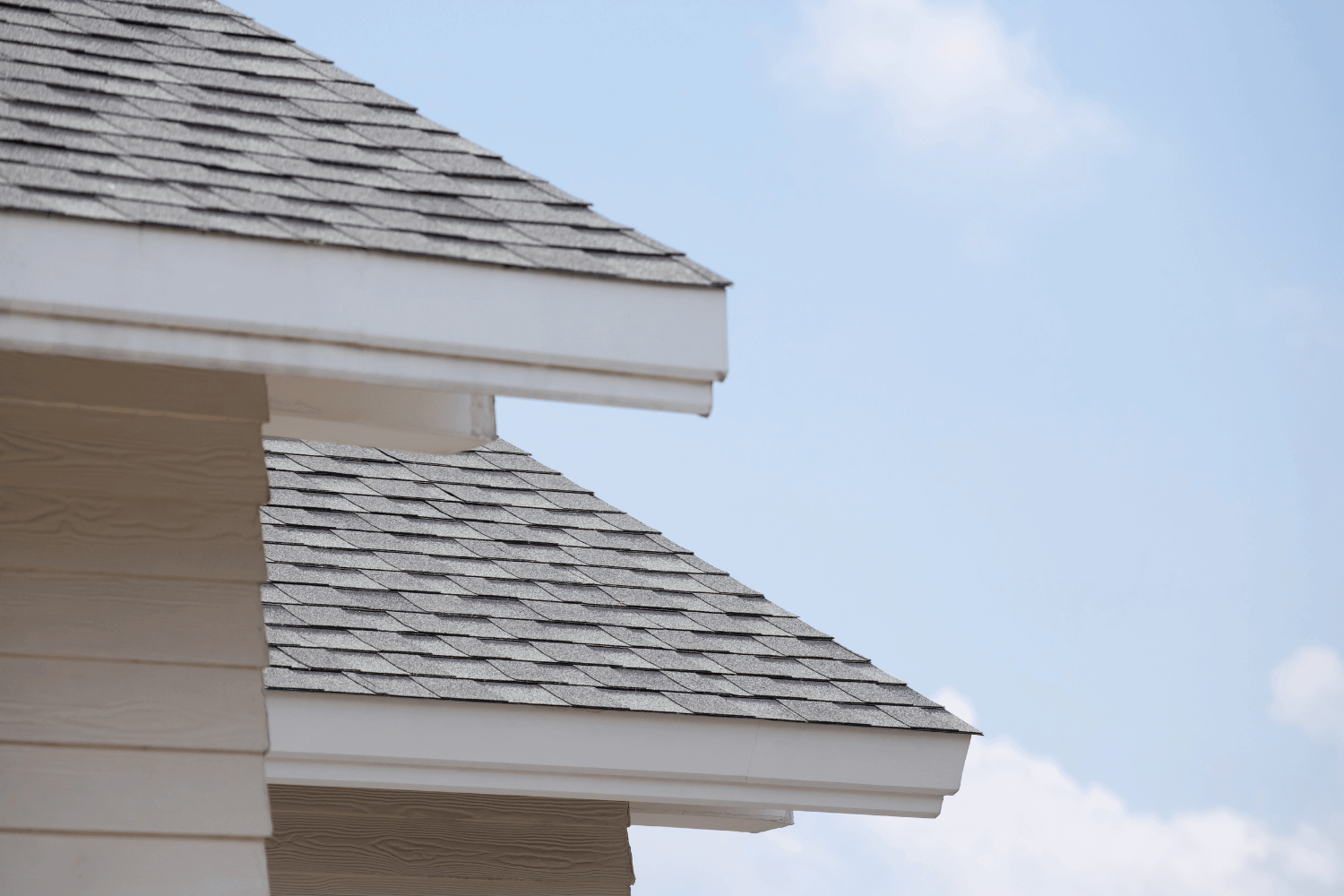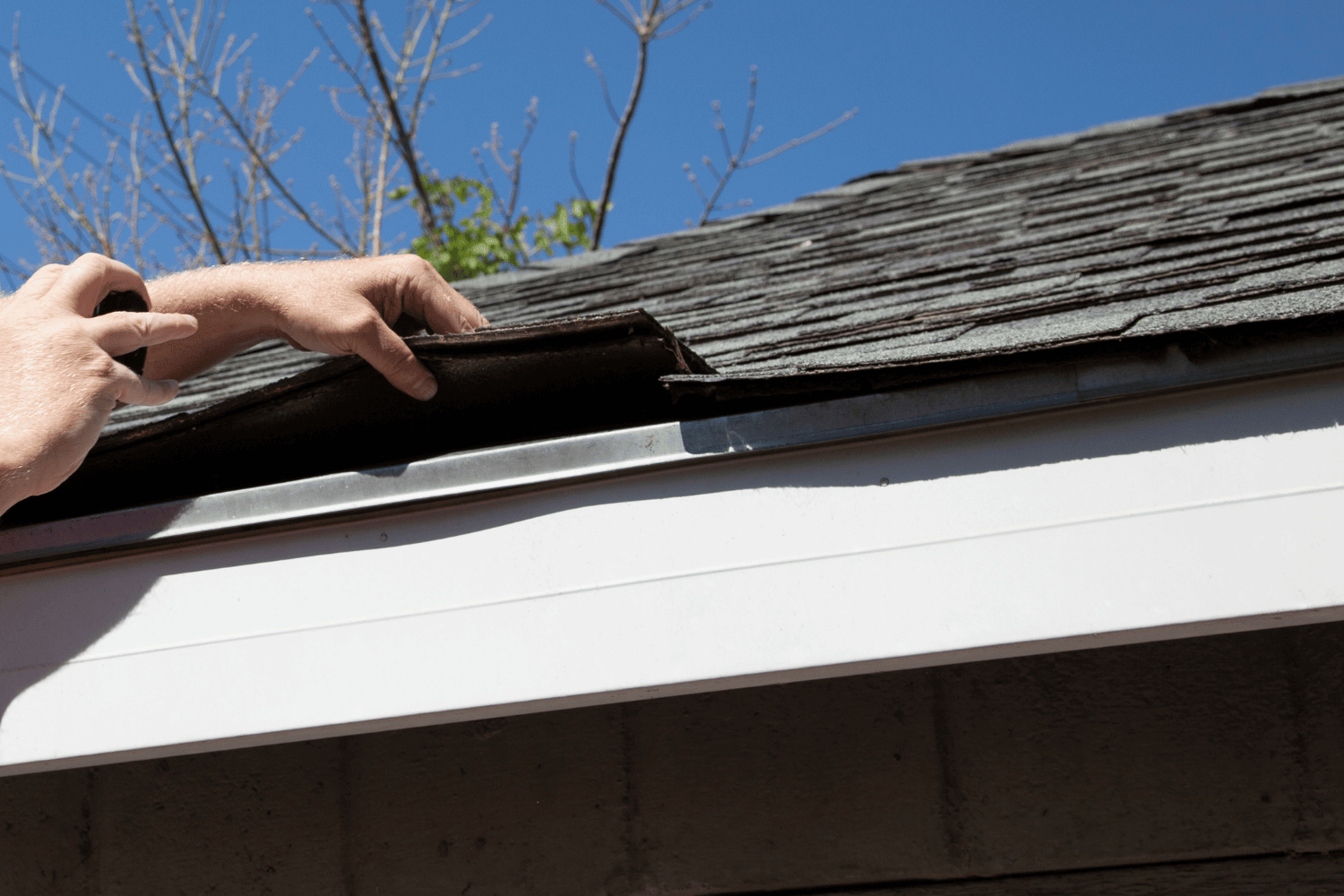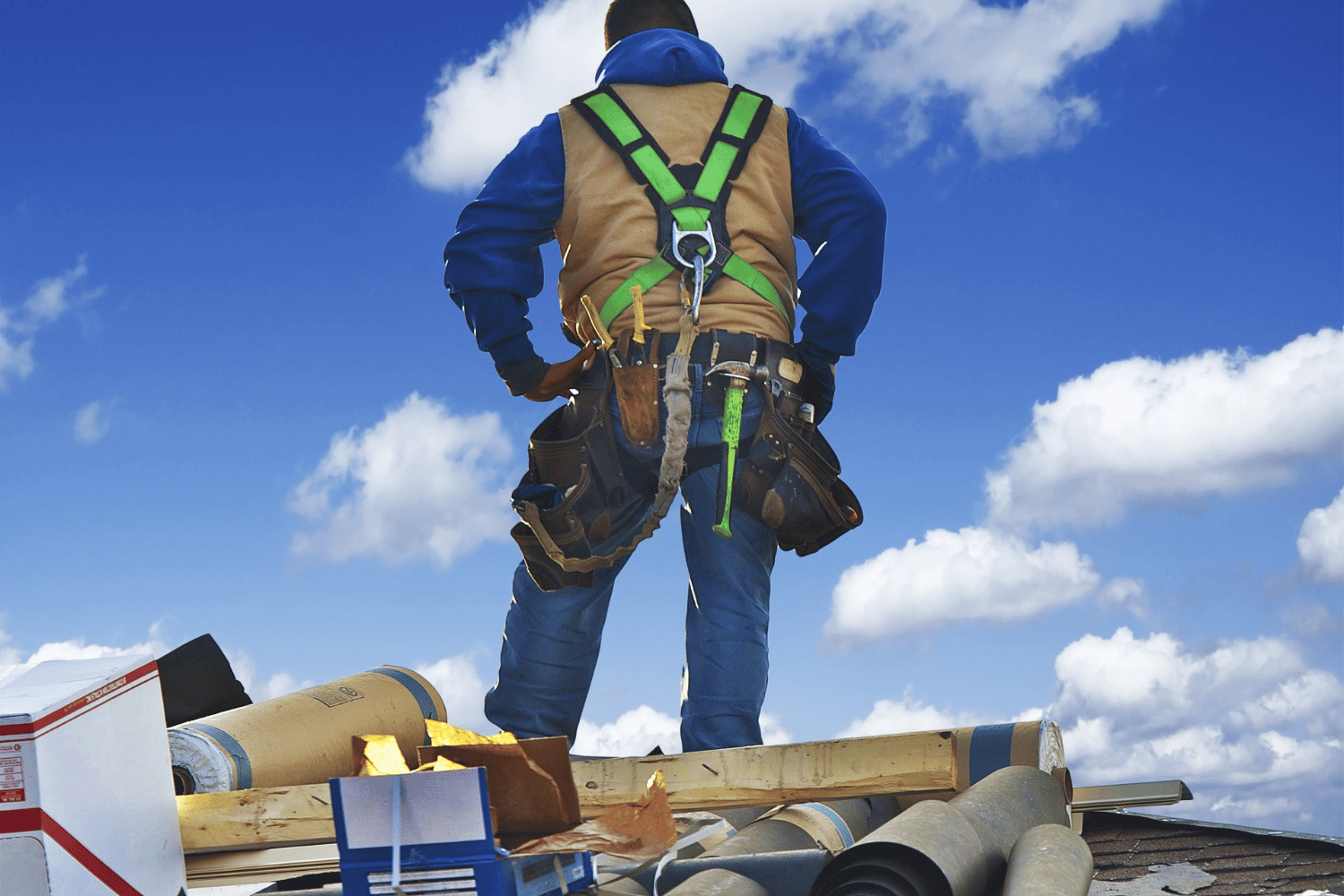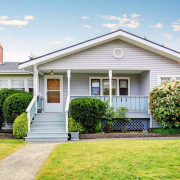Top Asphalt Shingle Types for Your Roof
Looking to choose the best roofing material for your home? Understanding the different types of asphalt shingle types is key. This guide will walk you through 3-tab, architectural, and luxury shingles, highlighting their unique features and helping you decide which one fits your needs in terms of budget, appearance, and durability.
Key Takeaways
- Asphalt shingles are the most popular roofing choice in the US due to their affordability, durability, and various styles.
- There are three main types of asphalt shingles: 3-tab, architectural, and luxury, each offering different looks, lifespans, and costs.
- Choosing the right asphalt shingle involves considering your budget, desired curb appeal, and the longevity and warranty offered by the shingles.
Overview of Asphalt Shingles
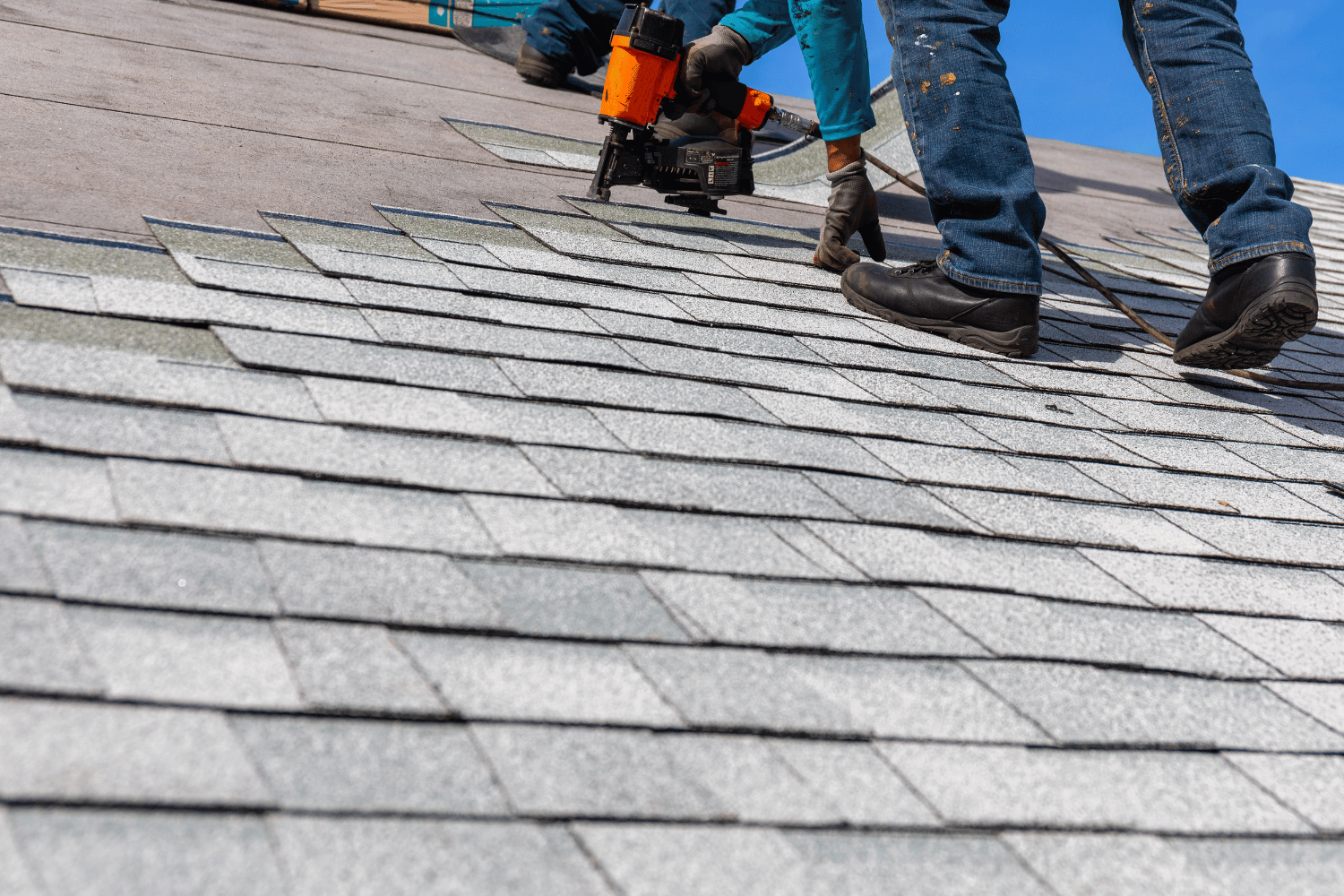
Asphalt shingles are used on over 80% of homes in the United States, making them the most popular roofing material in the country. Their affordability and durability are significant factors contributing to their widespread use. Additionally, asphalt shingle roofs allow for quicker setups compared to other roofing materials, which is a major advantage for homeowners and contractors alike. Traditional roofing materials also play a role in the overall roofing landscape.
One of the key reasons why asphalt shingles are so favored is their versatility. They come in a wide variety of colors and styles, allowing homeowners to customize their roofs to match their home’s architectural aesthetics. Leading manufacturers such as Owens Corning, GAF, and CertainTeed offer unique styles and options, including other asphalt shingles, giving homeowners plenty of choices when selecting the right shingles for their roofing projects.
The combination of affordability, durability, and ease of installation makes asphalt shingles an excellent choice for any asphalt shingle roof project. Their popularity is a testament to their effectiveness as a roofing material, providing reliable protection and enhancing the look of homes across the country.
Types of Asphalt Shingles
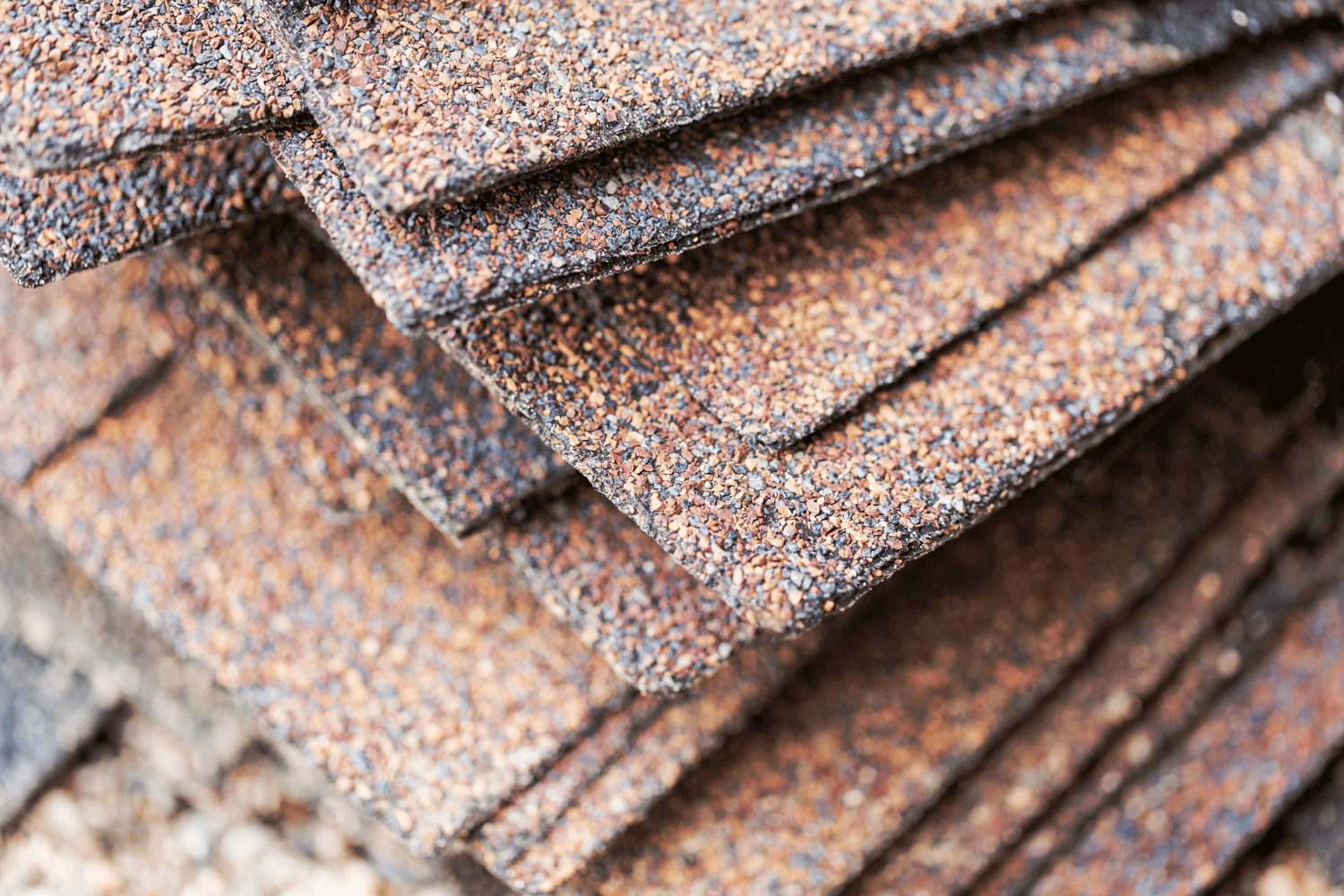
When it comes to asphalt shingles, there are three main types to choose from: 3-tab, architectural, and luxury. Each type offers unique benefits and aesthetics, catering to different needs and preferences.
Let’s dive into the specifics of each type to help you understand which might be the perfect fit for your roof.
3-Tab Shingles
3-tab shingles, often referred to as traditional shingles, are known for their flat, uniform appearance. They are the most cost-effective option, making them a popular choice for budget-conscious homeowners. These roofing shingles feature perfectly rectangular shapes, creating a consistent and simple look for any shingle roof. Typically, 3-tab shingles have a lifespan of around 15-20 years, providing a reliable, albeit shorter-term, roofing solution.
While 3-tab shingles may lack the curb appeal of more premium options, they are still a practical choice for many homeowners. They are primarily used by national builders of new economy homes, offering an affordable roofing solution without compromising on basic functionality.
However, for those looking for more visual interest and longevity, other shingle types might be more suitable.
Architectural Shingles
Architectural shingles, also known as dimensional shingles, are characterized by their thicker, multi-layer construction, which provides enhanced durability and aesthetic appeal. These shingles typically have two or more layers, giving them a more substantial and textured appearance. This design not only improves the overall look of the roof but also adds to its longevity, with architectural shingles often lasting 25 years or longer.
One of the standout features of architectural shingles is their ability to mimic the appearance of more expensive roofing materials like wood shake shingles or natural slate. This makes them a popular choice among homeowners who want the look of premium materials without the associated costs. Their random pattern and dimensional appearance create a visually appealing roof that can significantly boost curb appeal.
Luxury Shingles
Luxury shingles are the premium option among asphalt shingles, designed to offer superior durability and a high-end appearance. These shingles can last up to 40 to 50 years, providing an exceptionally long lifespan compared to other shingle types. They are crafted to mimic natural materials like slate and cedar, giving your roof a sophisticated and elegant look.
However, this premium quality comes at a higher cost. Luxury shingles average around $8.00 per square foot and often require a robust roofing system due to their weight and installation needs.
Despite the higher initial investment, the long-term benefits of luxury shingles, including their durability and aesthetic appeal, make them a worthwhile option for those looking to invest in their home’s exterior.
Popular Asphalt Shingle Brands
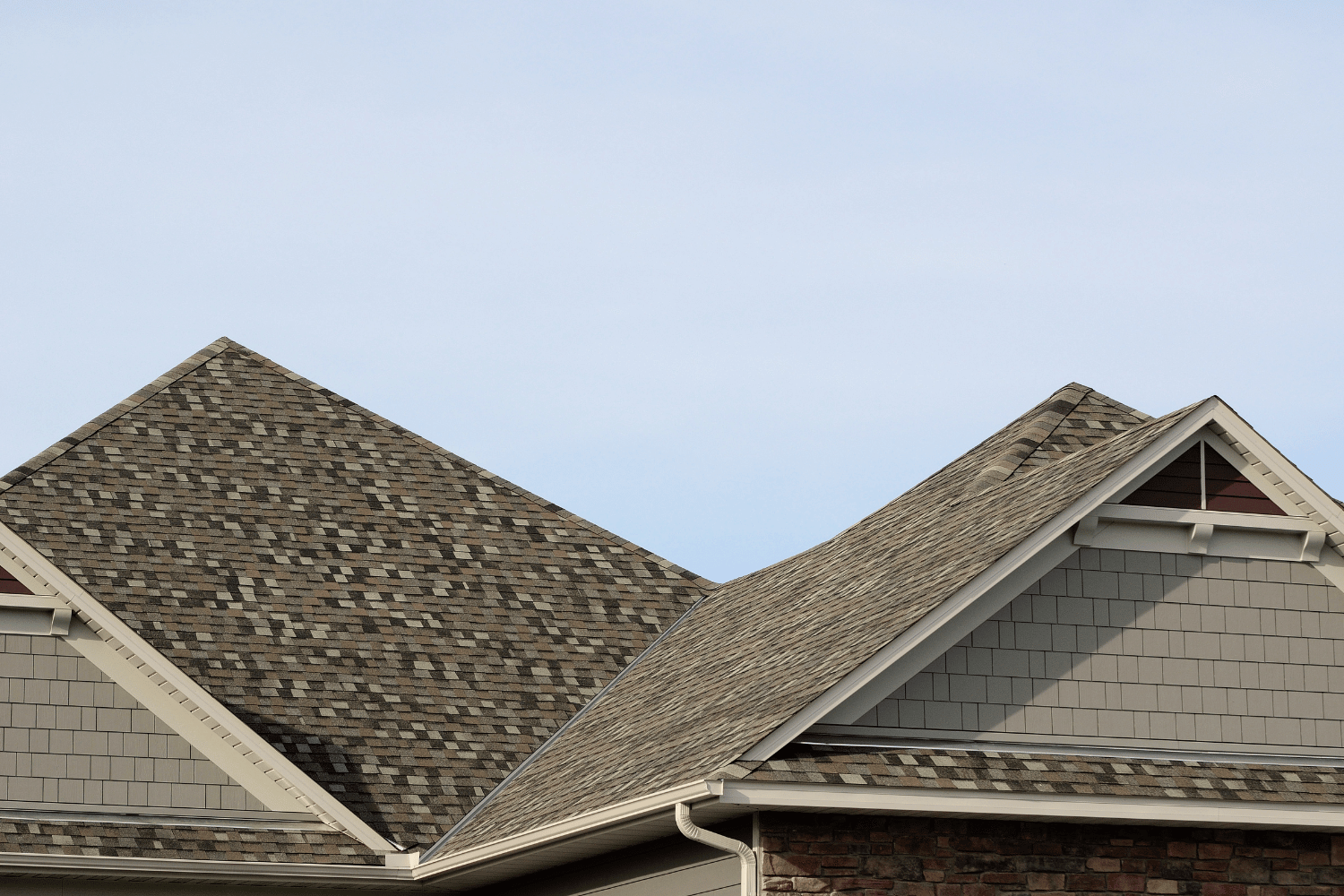
Choosing the right brand of asphalt shingles is just as important as selecting the type. Leading manufacturers like Owens Corning, GAF, and CertainTeed have established themselves as top choices in the industry. Each brand offers a range of products that cater to different needs and budgets, ensuring homeowners can find the perfect shingles for their roofs.
Owens Corning
Owens Corning is renowned for its extensive range of high-quality asphalt shingles. The company offers several types of shingles, including the Supreme, Oakridge, Duration, and Berkshire Slate lines. Among these, the Duration architectural line is particularly popular for its standard design and durability, making it a favorite among many homeowners.
Currently, Dream Home Roofers is promoting a 50% discount on Owens Corning materials, with 0% financing available until 8/31/24. This promotion makes it an excellent time to invest in Owens Corning products, ensuring you get top-tier roofing materials at a reduced cost.
The variety of options available from Owens Corning means you can find the perfect shingles to match your aesthetic preferences and budget.
GAF
GAF is another prominent brand known for its wide range of asphalt shingles. The Timberline series, in particular, includes various styles that cater to both budget-conscious and luxury markets. The Timberline HDZ is GAF’s most popular shingle, known for its durability and aesthetic appeal. GAF also offers other products like the Royal Sovereign and Marquis WeatherMax for those looking for more affordable options.
In addition to their extensive product range, GAF shingles are designed to withstand extreme weather conditions, making them a reliable choice for any roofing project. Their reputation for quality and performance makes GAF a top contender in the asphalt shingle market.
CertainTeed
CertainTeed offers a wide range of asphalt shingles catering to various budgets and preferences. The XT 25 is the most affordable option in their lineup, providing reliable performance at a lower cost. For those looking for a premium product, the Presidential Shake shingle stands out for its long lifespan and attractive appearance.
CertainTeed’s products are known for their durability and aesthetic appeal, making them a popular choice among homeowners. Whether you’re looking for affordability or premium quality, CertainTeed has a shingle that fits your needs.
Choosing the Right Type of Asphalt Shingle
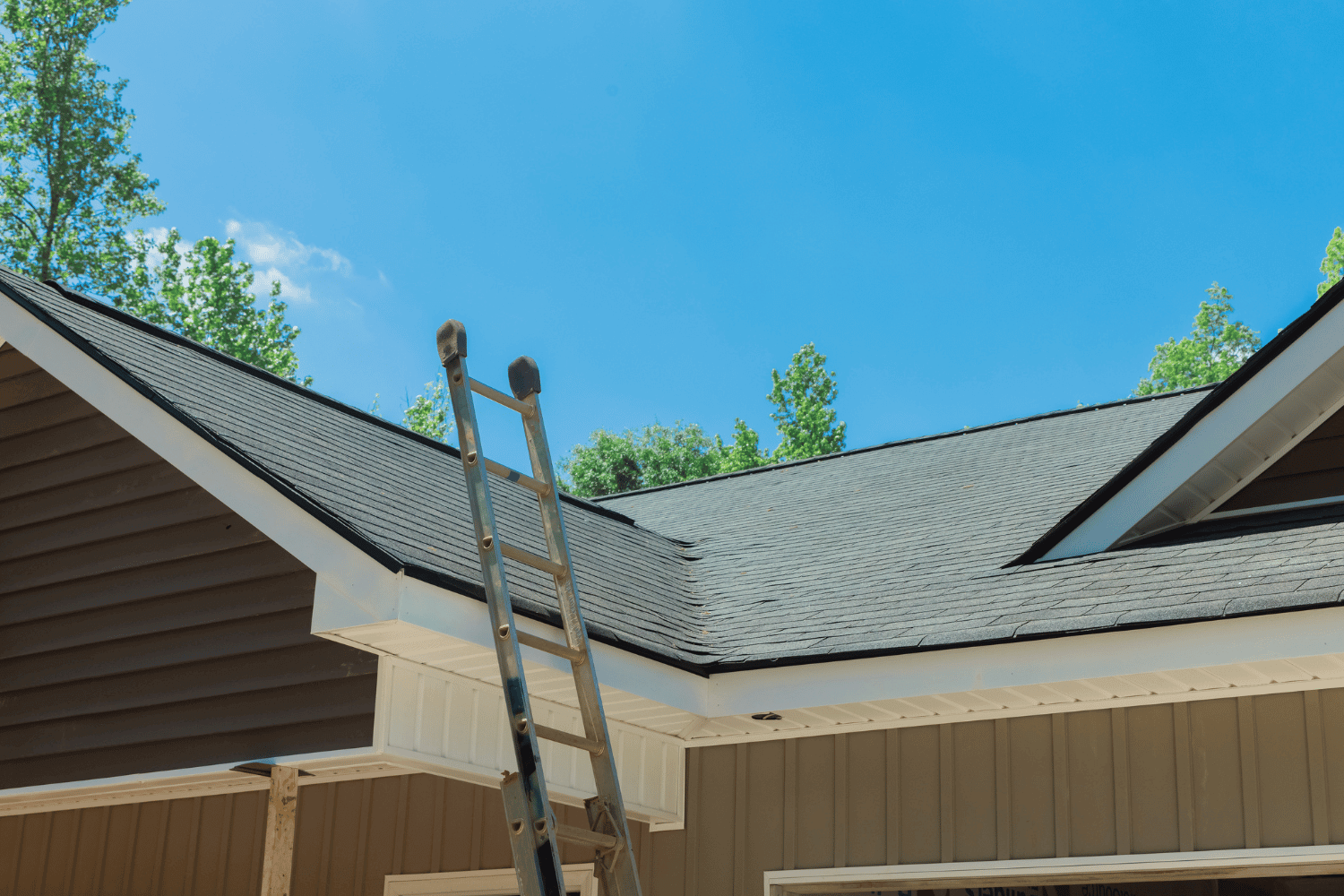
Selecting the right type of asphalt shingle involves considering various factors, including home specifics, local zoning laws, and personal preferences. Budget, curb appeal, and longevity are crucial aspects that should guide your decision.
Let’s explore these factors in more detail to help you make an informed choice.
Assessing Your Budget
When it comes to budget, 3-tab asphalt shingles are the most affordable option, priced at around $4.00 per square foot. This makes them suitable for homeowners looking to save on initial costs. Architectural shingles, on the other hand, typically cost $5.86 per square foot but offer better durability, making them a worthwhile investment in the long run. Luxury shingles are the most expensive, often requiring a robust roofing system due to their premium quality and long lifespan.
Many roofing contractors provide financing plans that allow homeowners to spread out costs, easing the financial burden of a new roof installation. Additionally, it’s important to factor in long-term maintenance costs alongside initial installation expenses, as they can significantly impact the total cost over time.
Evaluating Curb Appeal
Curb appeal is another vital factor to consider when selecting asphalt shingles. Luxury shingles, for instance, feature richer colors, better dimensionality, and realistic wood shake and slate effects, significantly enhancing the aesthetic appeal of your home. CertainTeed’s Landmark architectural shingles, which incorporate StreakFighter technology to prevent algae-related streaks, are also a popular choice for their aesthetic benefits.
All types of asphalt shingles can provide good aesthetics, but the roofing material should complement the overall architectural style of your home to enhance its visual appeal. Selecting shingles that match your home’s design can greatly boost curb appeal and increase property value.
Considering Longevity and Warranty
Longevity and warranty are crucial considerations when choosing asphalt shingles. Architectural asphalt shingles can last up to 50 years, while standard options typically have a lifespan of around 22-25 years. Architectural and luxury shingles generally come with better warranty options, including a 30-year prorated warranty and the option for a 50-year non-prorated enhanced warranty.
Some manufacturers, like GAF, offer warranties that are transferable to new homeowners, enhancing the resale value of a property. The lifespan of asphalt shingles is a critical factor in decision-making, as it impacts both durability and replacement costs.
Benefits of Professional Installation
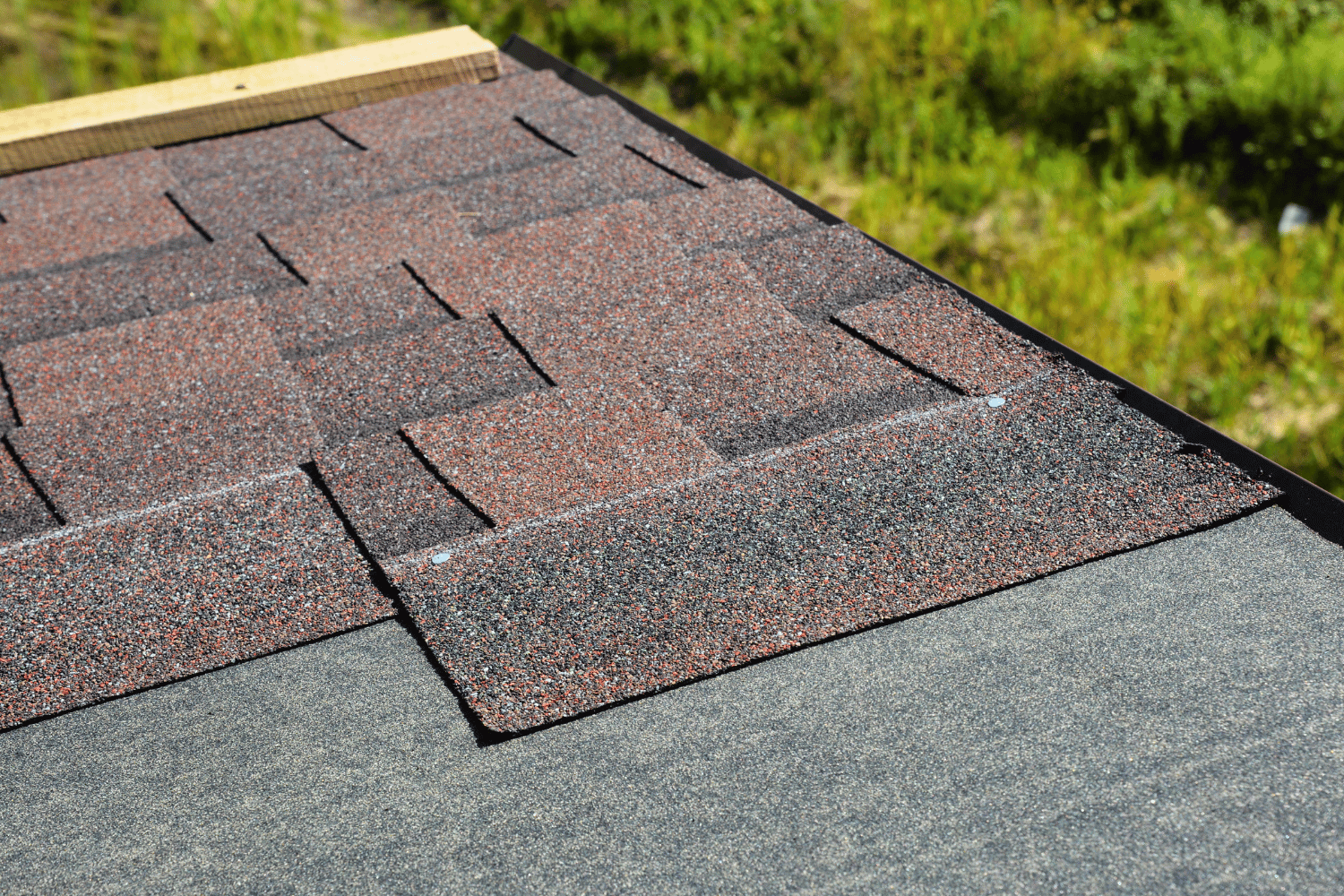
Hiring professional roofing contractors ensures high standards of workmanship and adherence to manufacturer specifications, which can significantly extend the lifespan of asphalt roofs.
Let’s delve into the benefits of professional installation in more detail.
Expertise and Quality Materials
Dream Home Roofers employs GAF Master Elite-certified professionals, highlighting their expertise in roofing. With 20 years of service in the Greater Tampa Bay area, Dream Home Roofers has established a strong reputation for quality installations and customer satisfaction. Robust warranties provided by Dream Home Roofers can offer significant protection against installation-related issues.
Choosing roofing companies based on experience and reputation ensures quality installations. For example, Classic Roofing, associated with Dream Home Roofers, averages a customer rating of 4.8 stars on Google, reflecting their commitment to excellence.
Seamless Experience
A seamless experience in roofing services ensures homeowner satisfaction throughout the process. Dream Home Roofers offers a free estimate and roof inspection as part of their consultation process, ensuring transparency and clarity from the start. Professional roofing services prioritize organization and efficiency to guarantee a smooth installation process.
From consultation to installation, Dream Home Roofers handles every step efficiently, providing a stress-free experience for homeowners. This level of service ensures that your roofing project is completed on time and to the highest standards.
Flexible Financing Options
Dream Home Roofers provides flexible financing options that allow homeowners to achieve their desired home upgrades without the burden of upfront costs. Roof loans, which are personal loans specifically used for repairing or replacing roofs, can range from $1,000 to $100,000, providing the necessary funds for your project. The interest rates for these loans typically vary between 6% to 36%, depending on the borrower’s creditworthiness.
Additionally, home equity loans can be an alternative financing option, where the home serves as collateral, typically offering lower rates and longer repayment terms. Some roofing companies also provide in-house financing options, which may vary in terms based on the company and the borrower’s credit situation.
Summary
In summary, choosing the right asphalt shingles involves considering various factors such as budget, curb appeal, and longevity. 3-tab shingles offer cost-effectiveness, architectural shingles provide a balance of durability and aesthetics, while luxury shingles deliver premium quality and appearance. Leading brands like Owens Corning, GAF, and CertainTeed offer a wide range of products catering to different needs and preferences.
Hiring professional contractors like Dream Home Roofers ensures high-quality installation and a seamless experience. With flexible financing options and robust warranties, investing in a new asphalt shingle roof can be a rewarding decision. Take the first step towards enhancing your home’s protection and aesthetic appeal by choosing the right asphalt shingles for your roof.
Frequently Asked Questions
What type of roofing materials does Dream Home Roofers work with?
Dream Home Roofers specializes in premium Owens Corning roofing materials, offering a range of options for your home. You’ll find quality choices that meet your roofing needs.
What is the promotion offered by Dream Home Roofers on roof replacements?
Dream Home Roofers is currently offering 50% off materials and 0% financing on full roof replacements, but this is only valid with approved credit until August 31, 2024. It’s a great opportunity if you’ve been considering a new roof!
What are architectural shingles?
Architectural shingles are layered asphalt shingles that offer a richer, more textured appearance compared to the standard three-tab variety. They not only enhance curb appeal but also provide better durability and longevity.
What are dimensional shingles also known as?
Dimensional shingles are commonly referred to as architectural or laminated shingles.
What financing options does Dream Home Roofers provide?
Dream Home Roofers offers flexible financing options, making it easier for homeowners to upgrade their homes without the stress of upfront costs. This way, you can achieve your dream renovations with greater ease.

